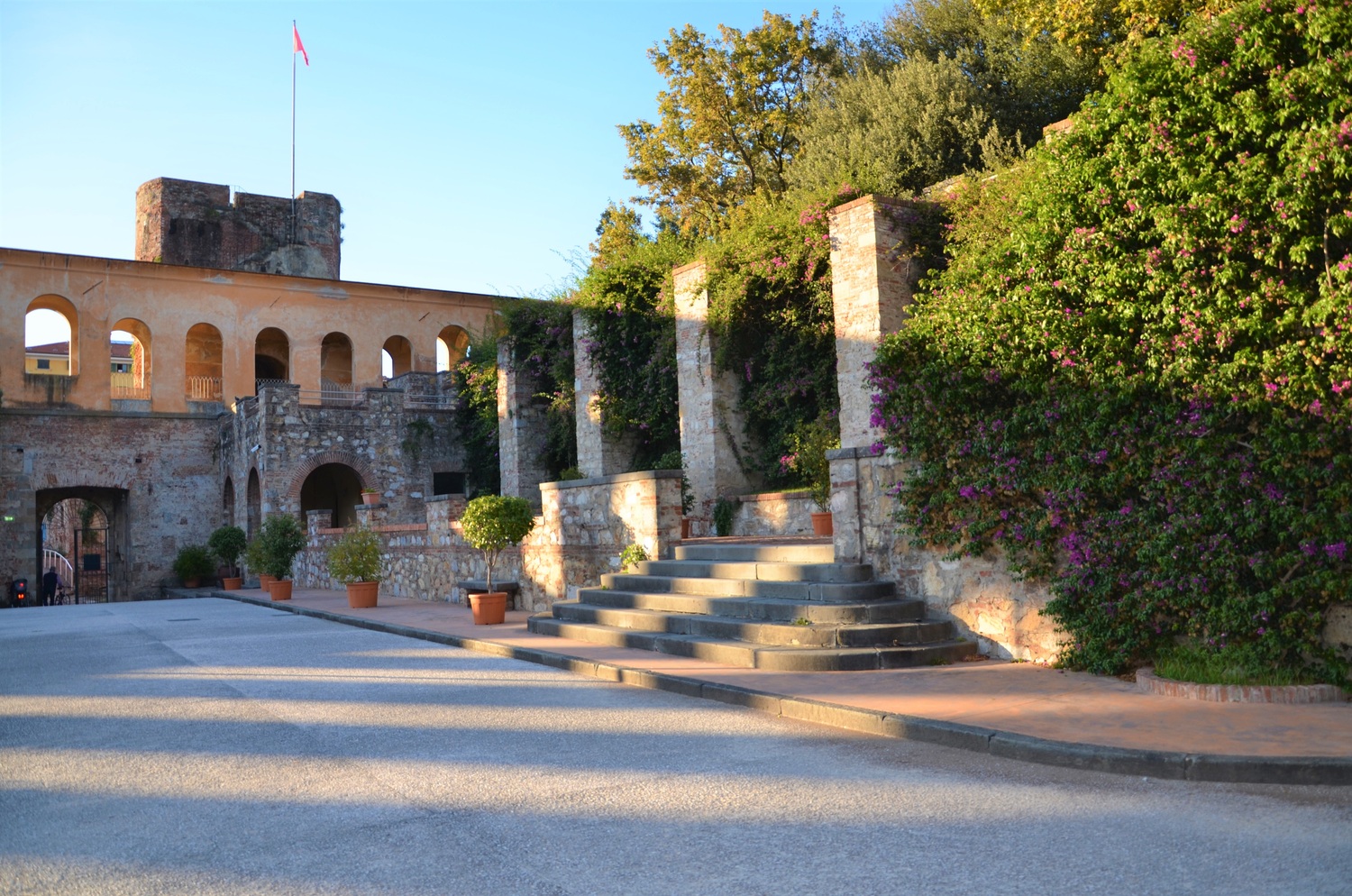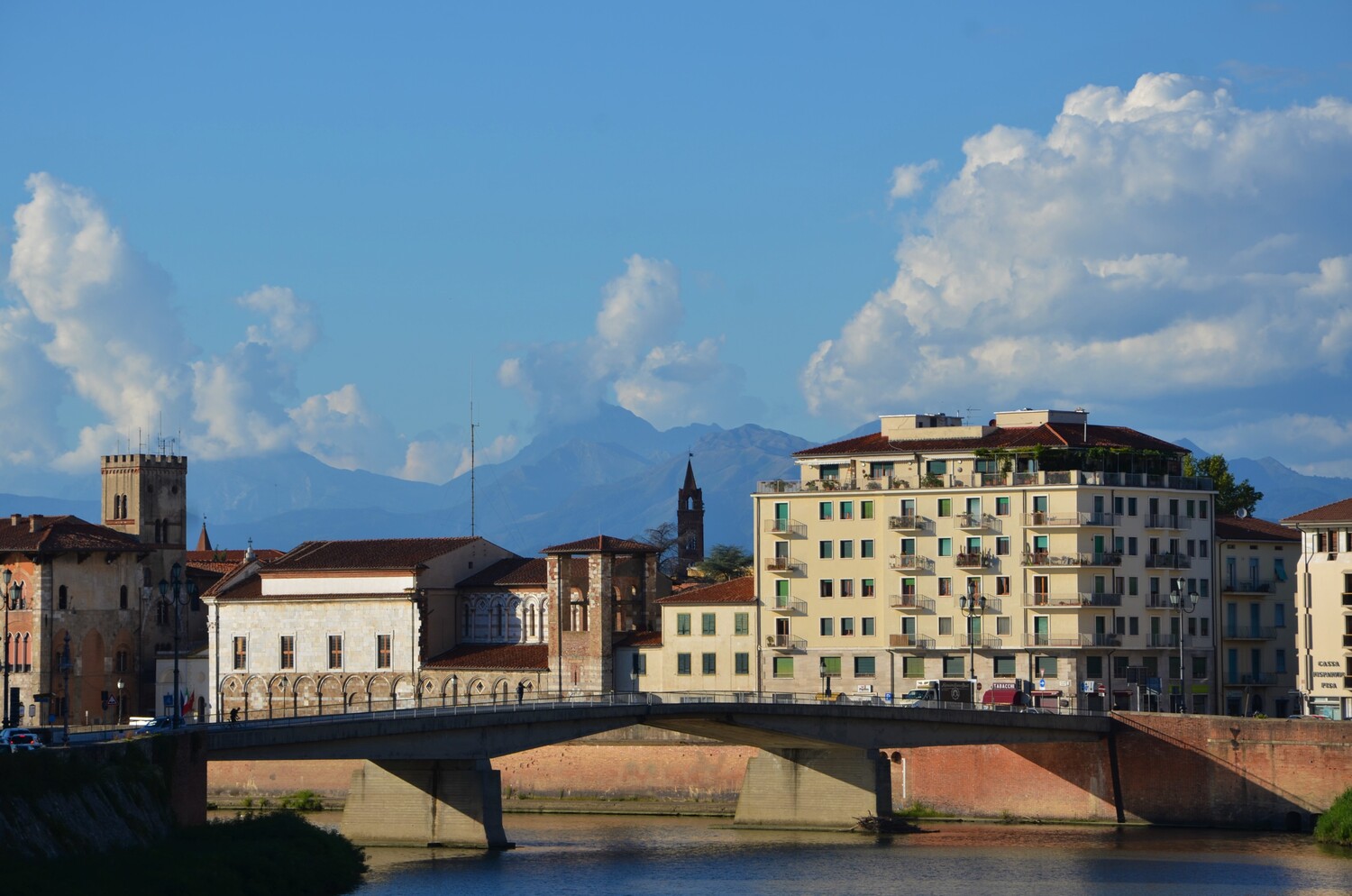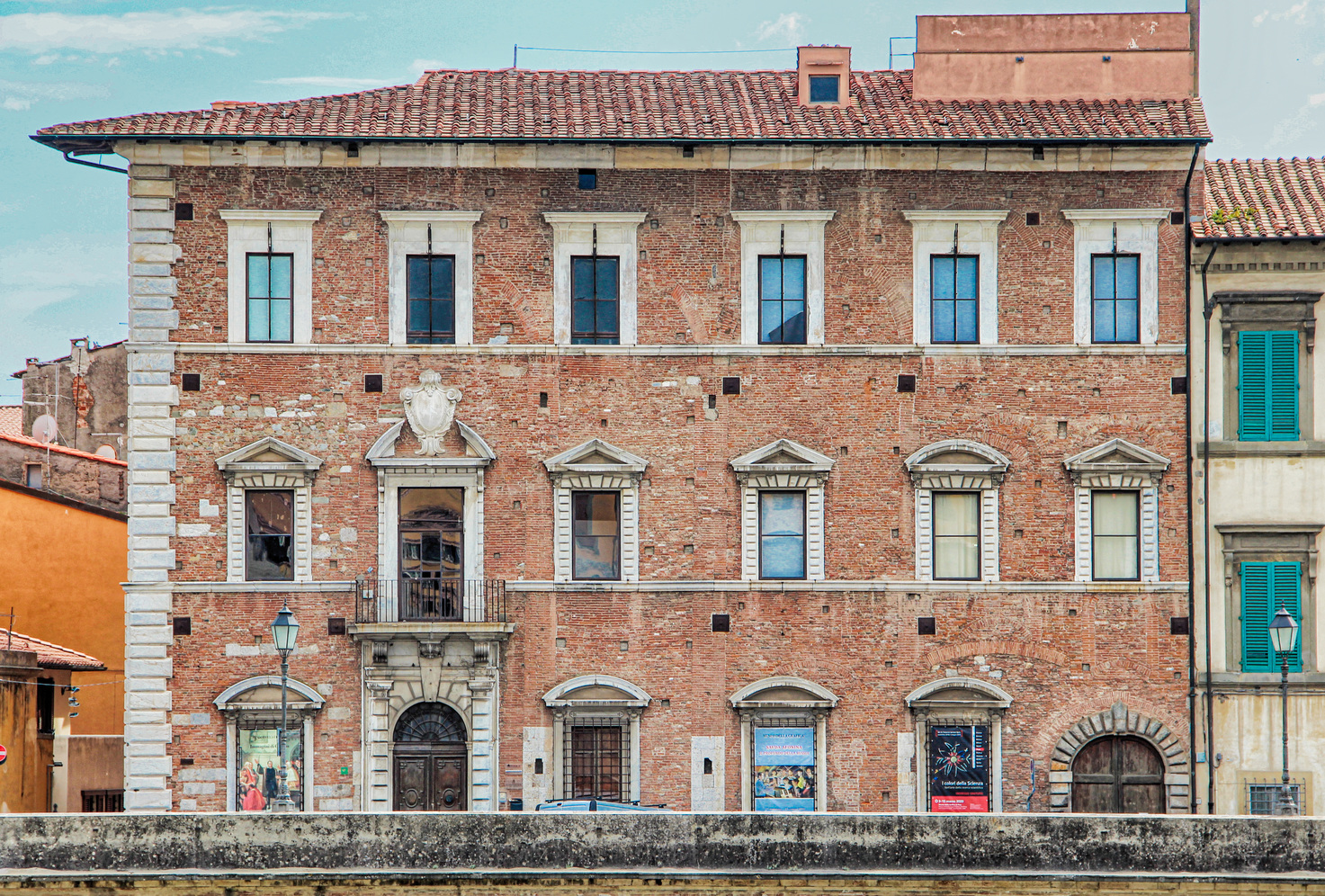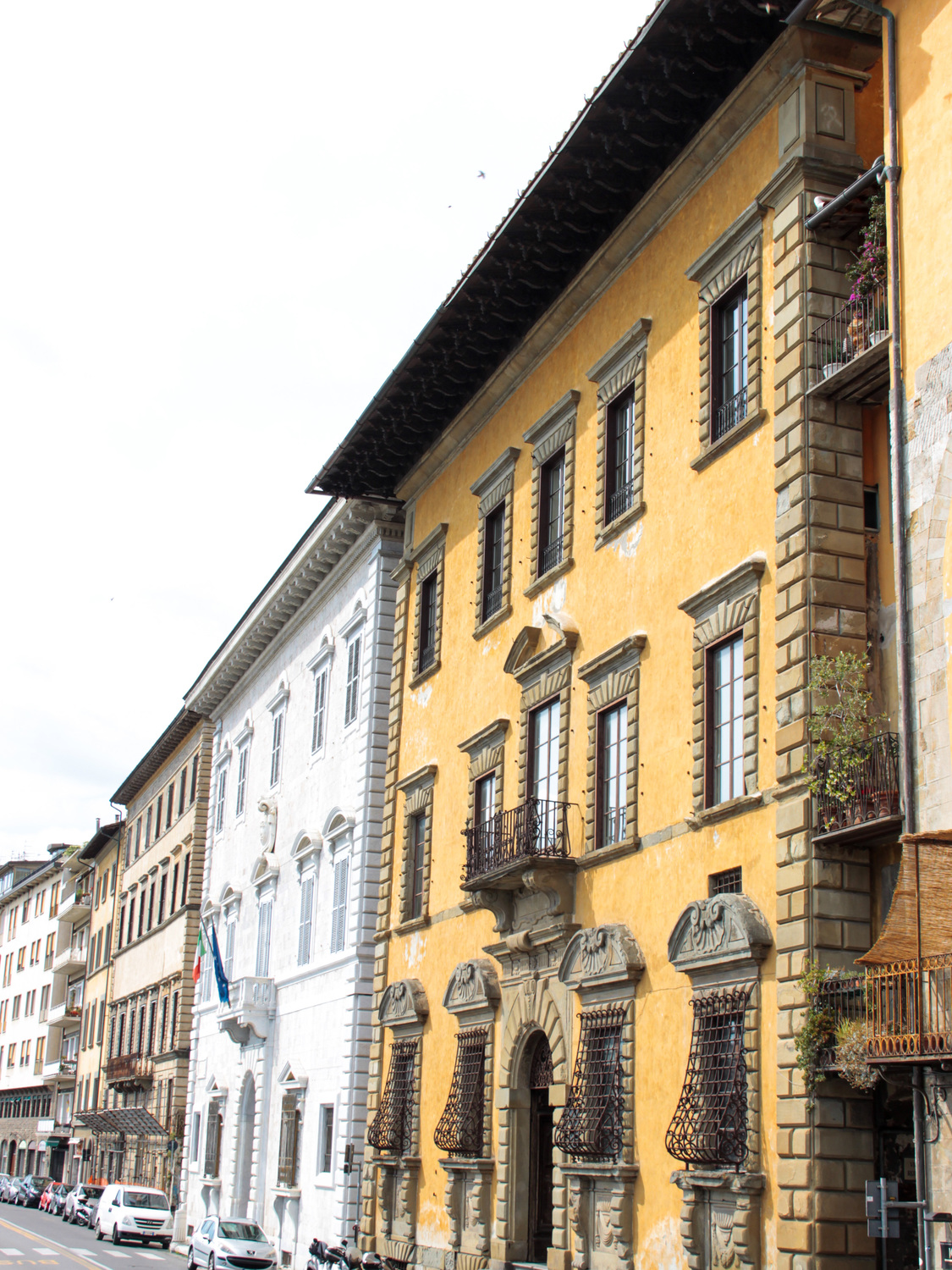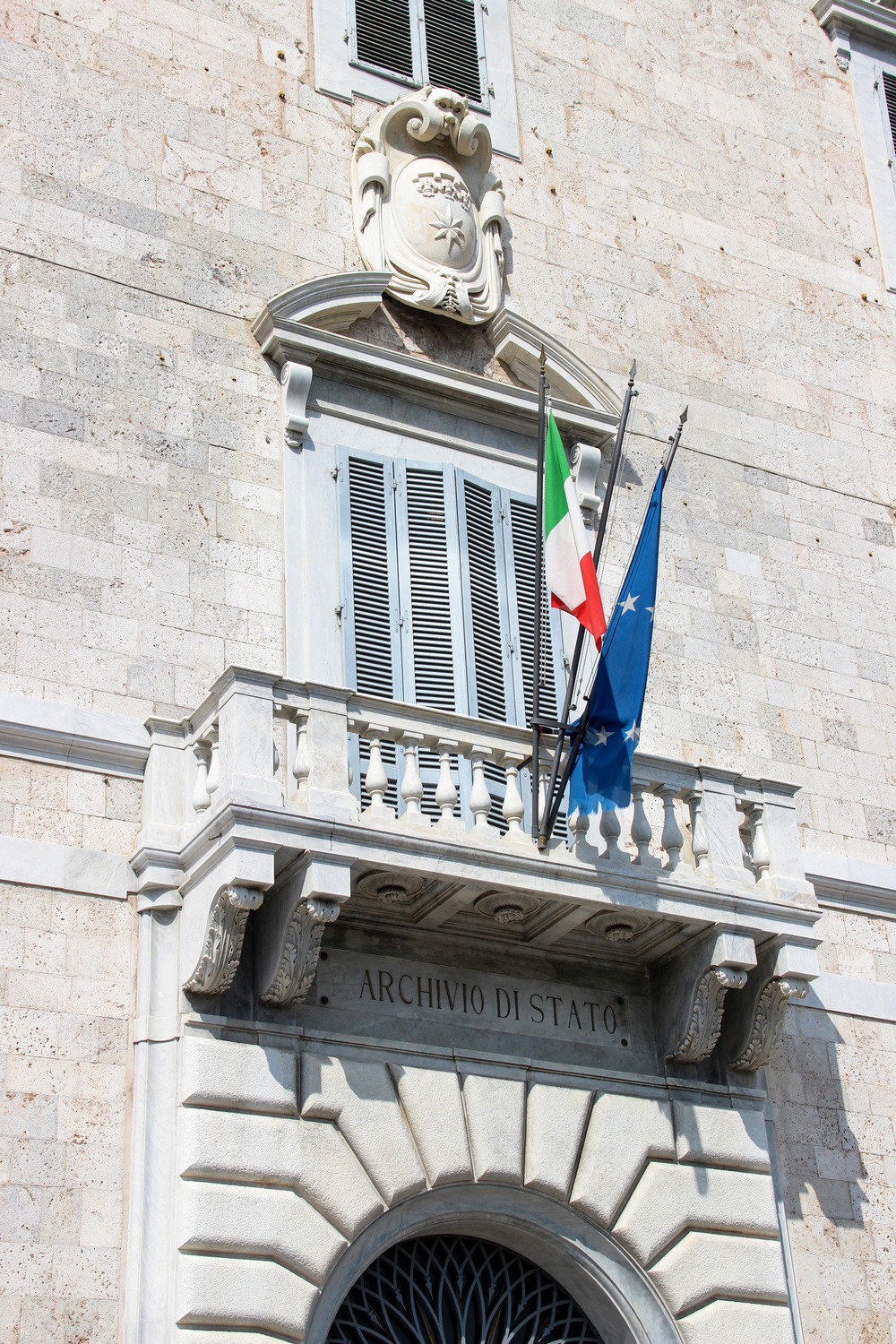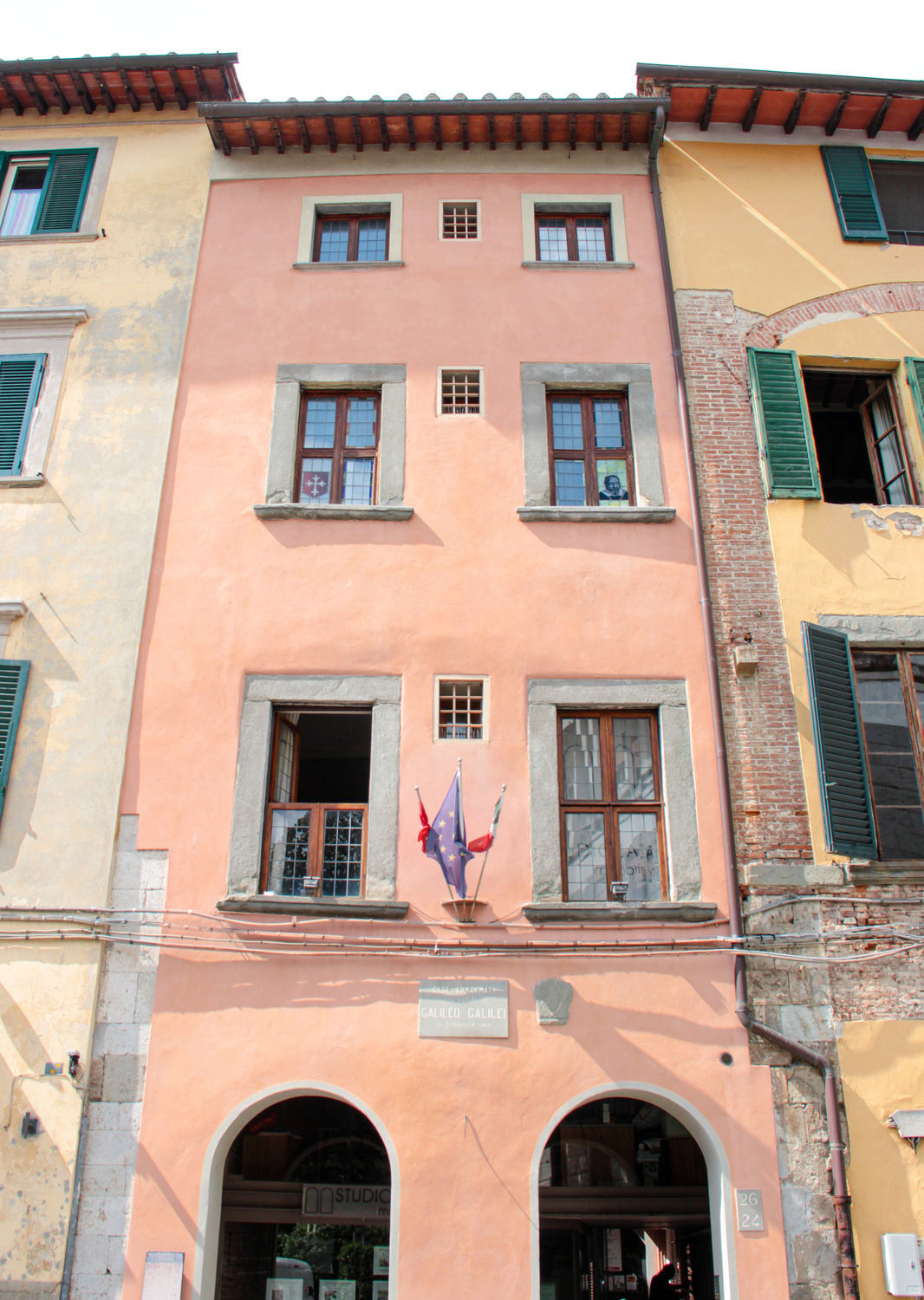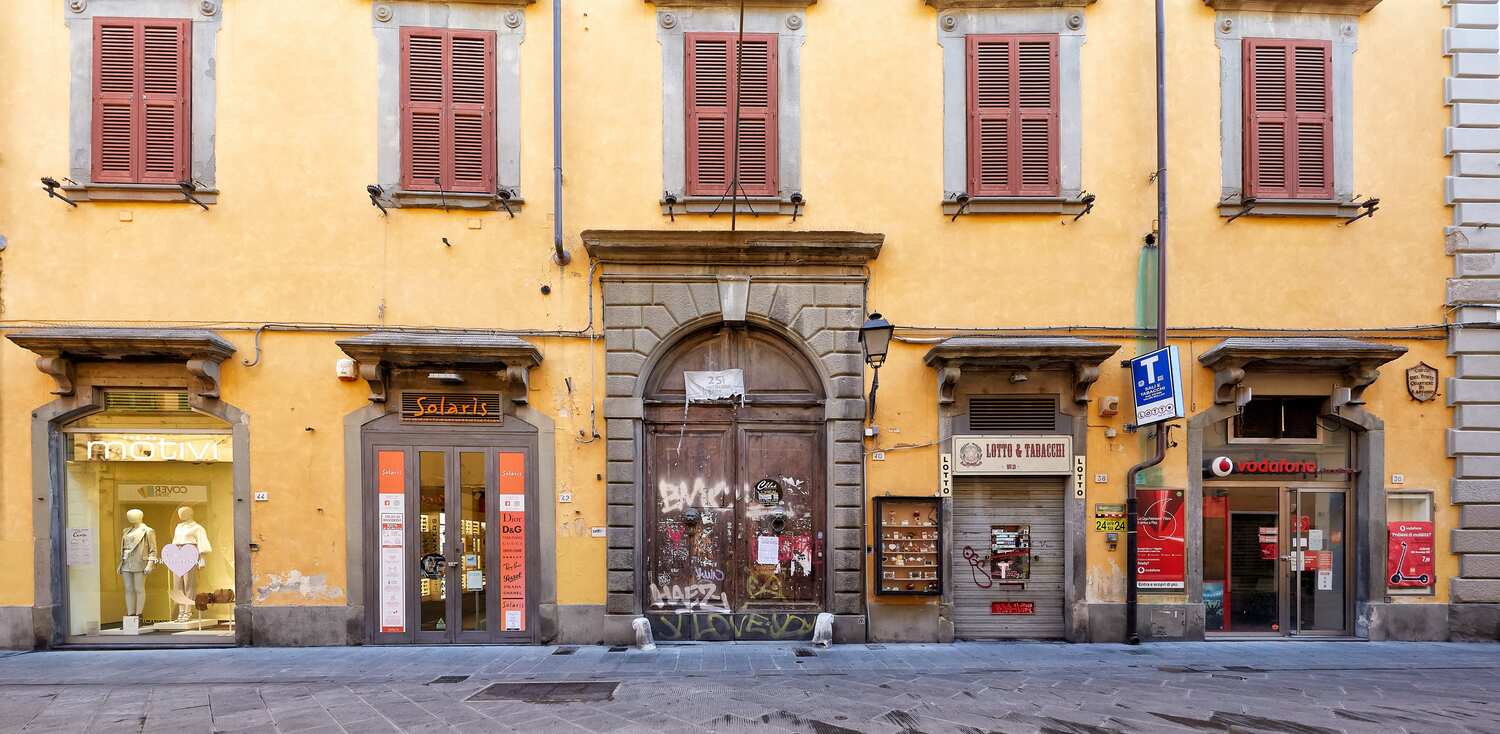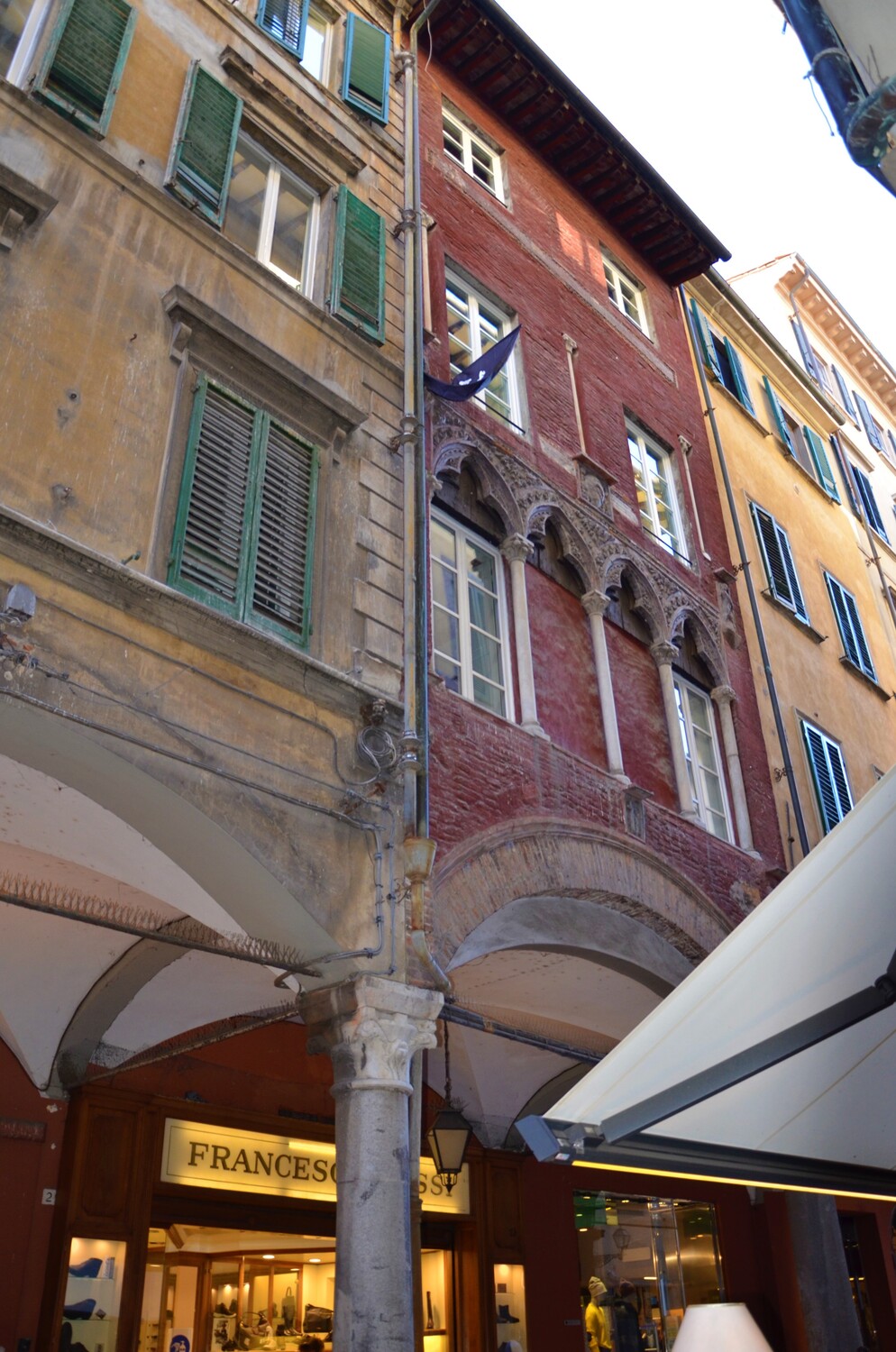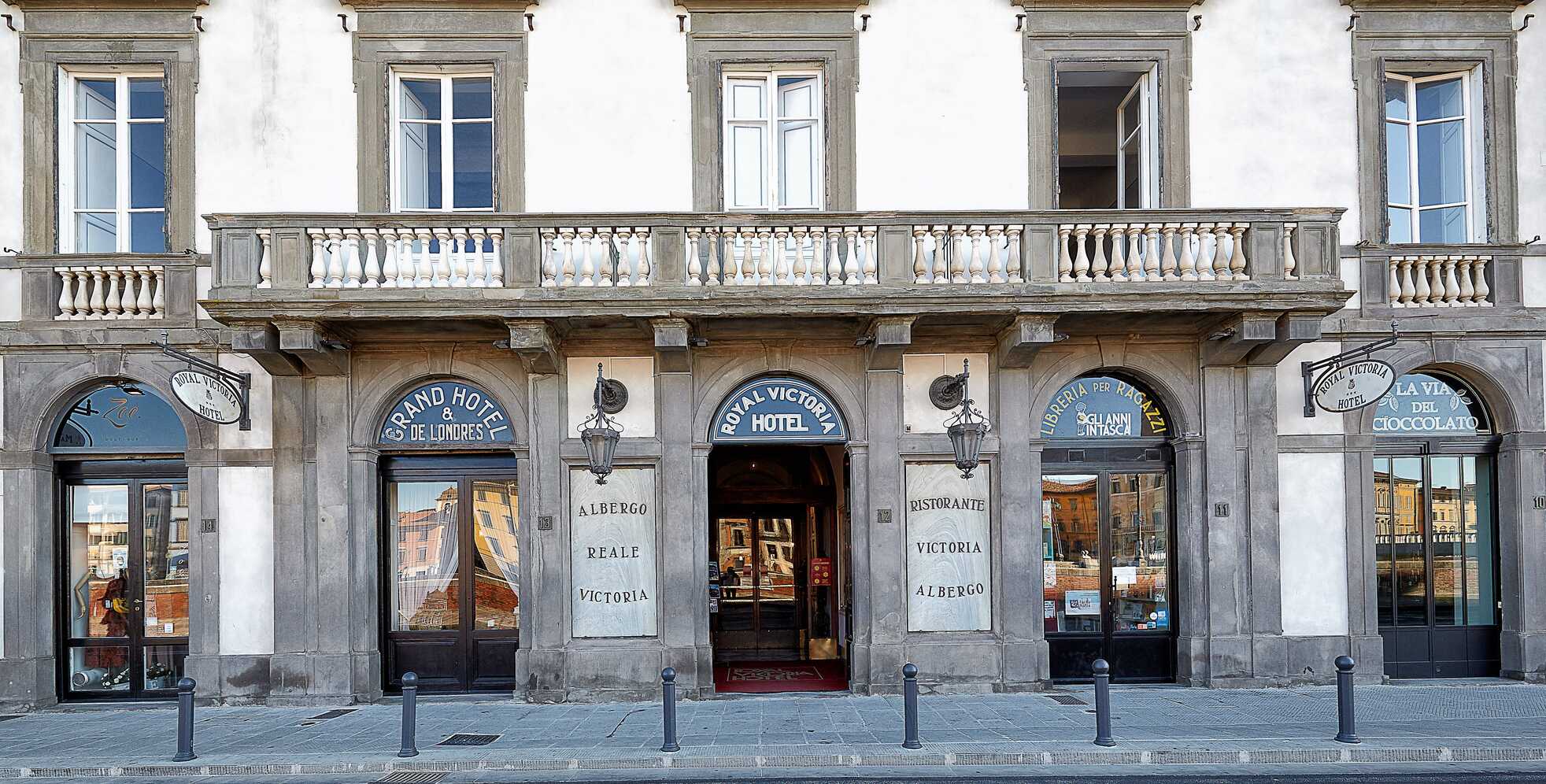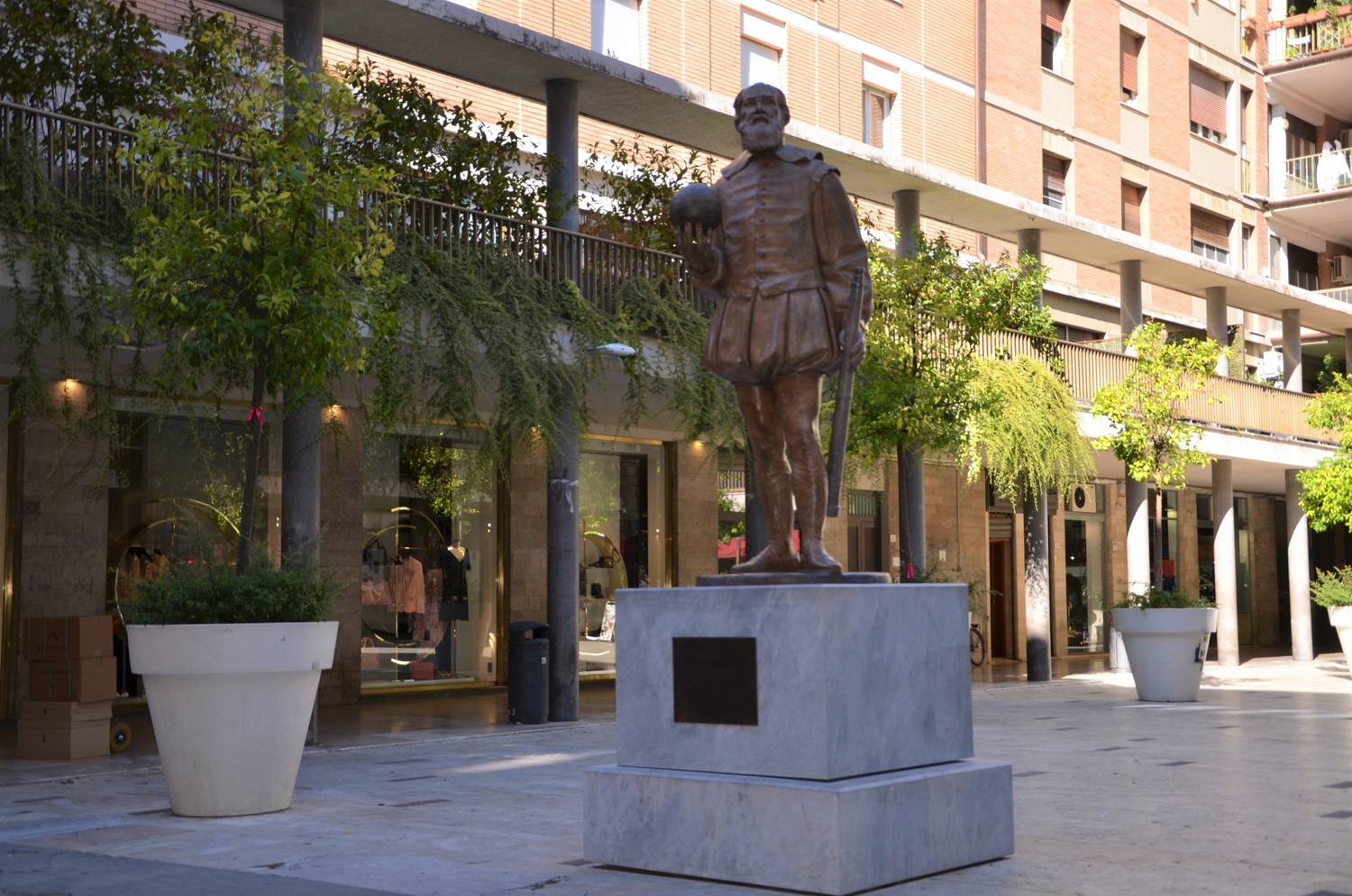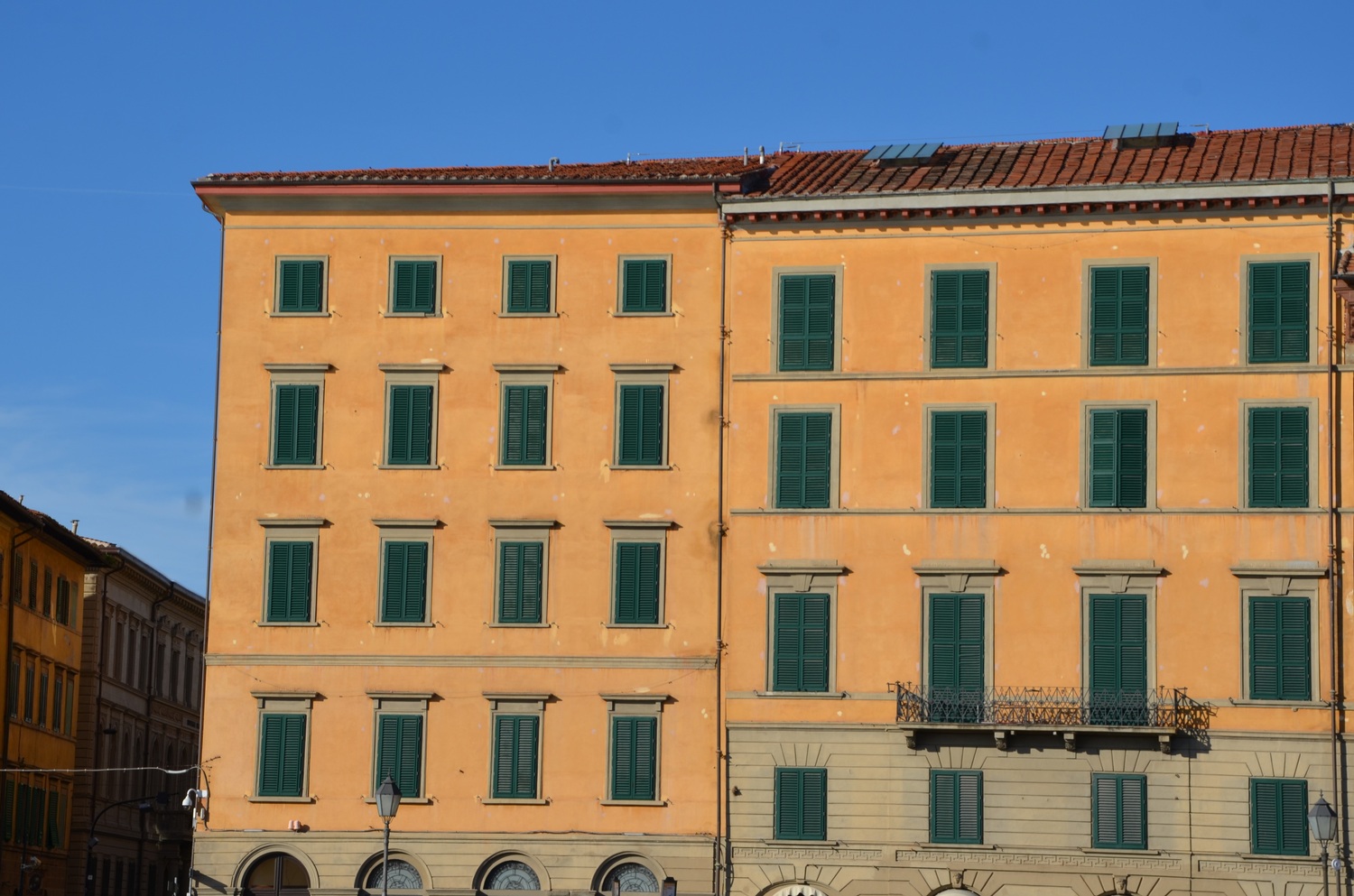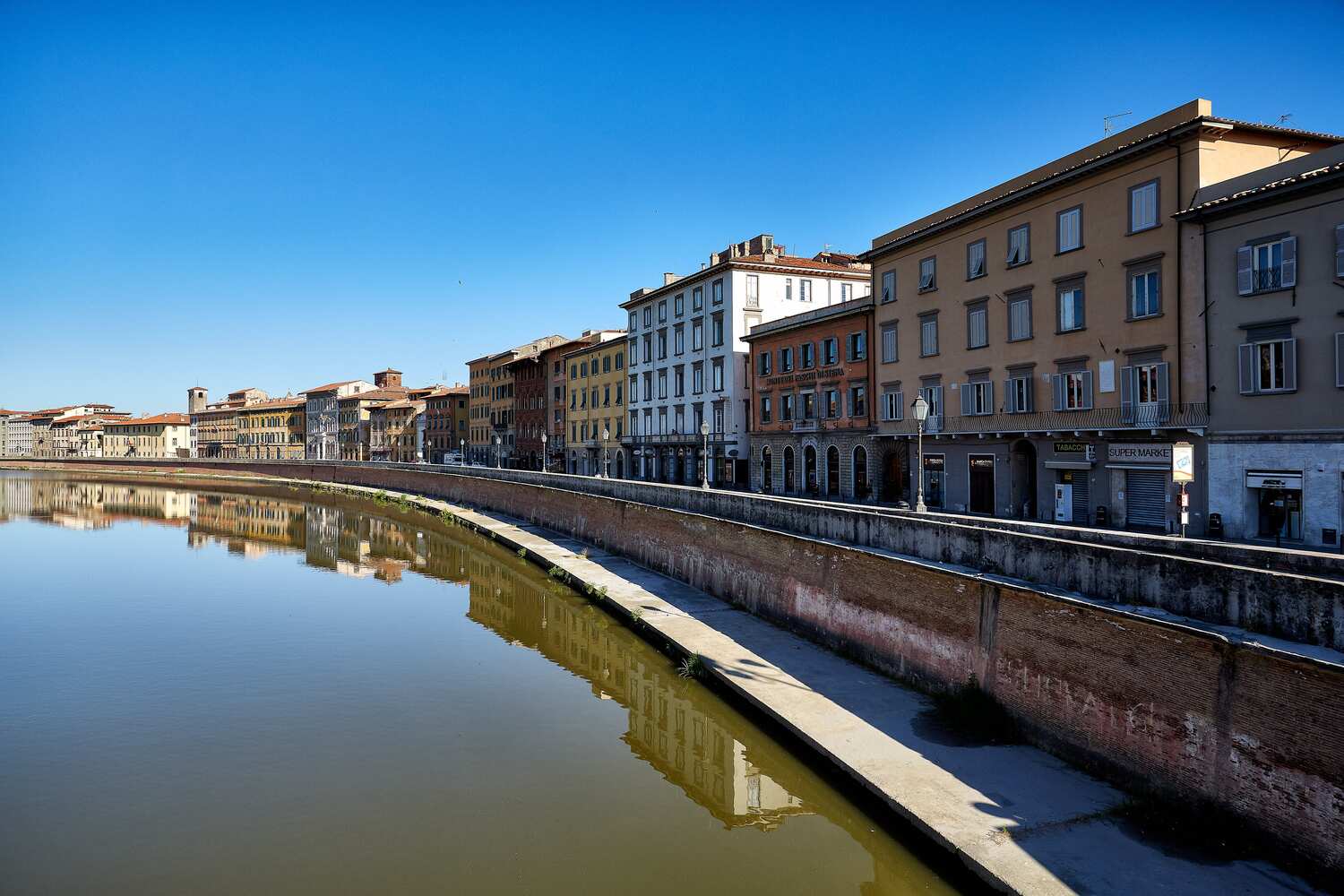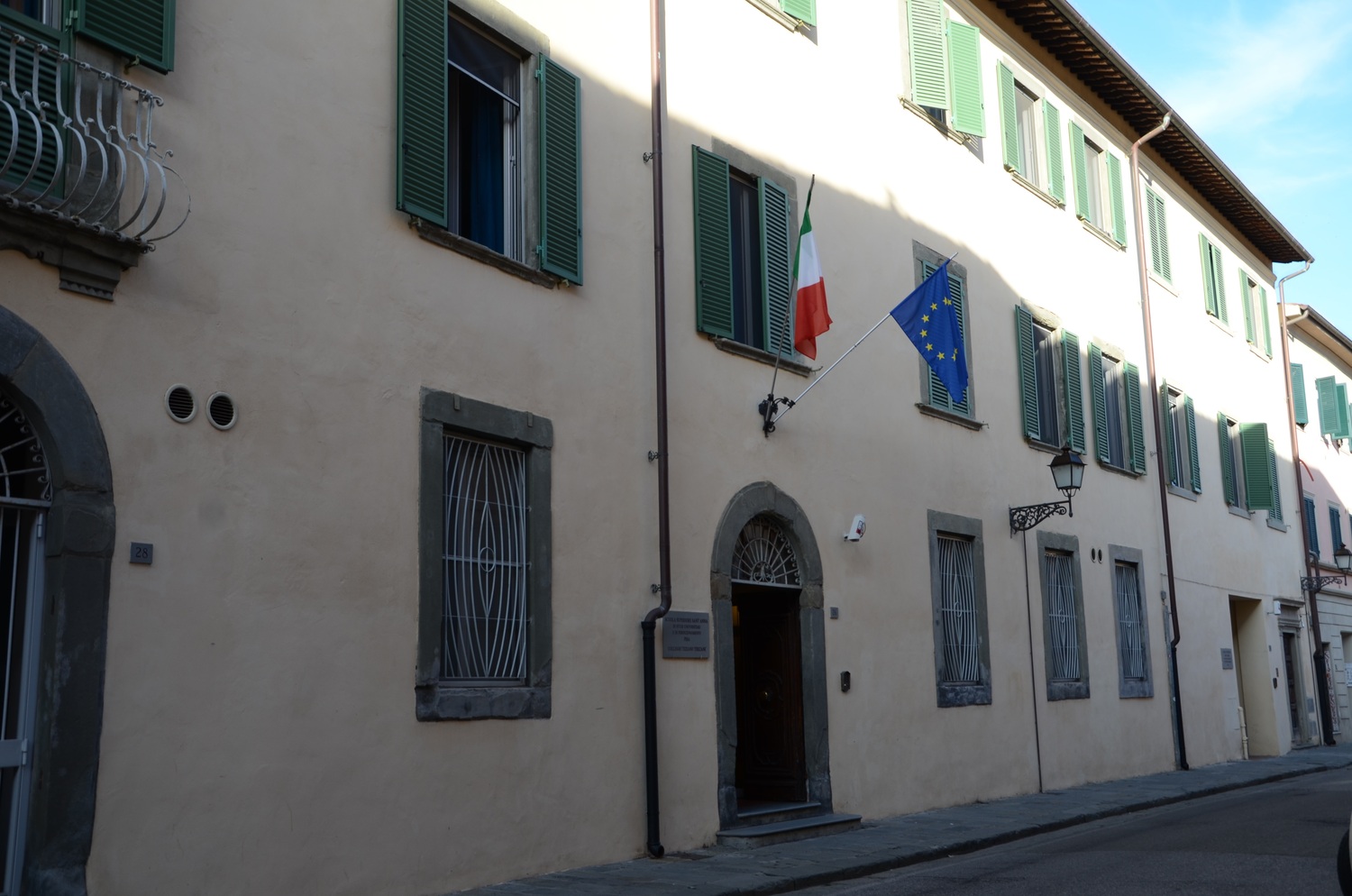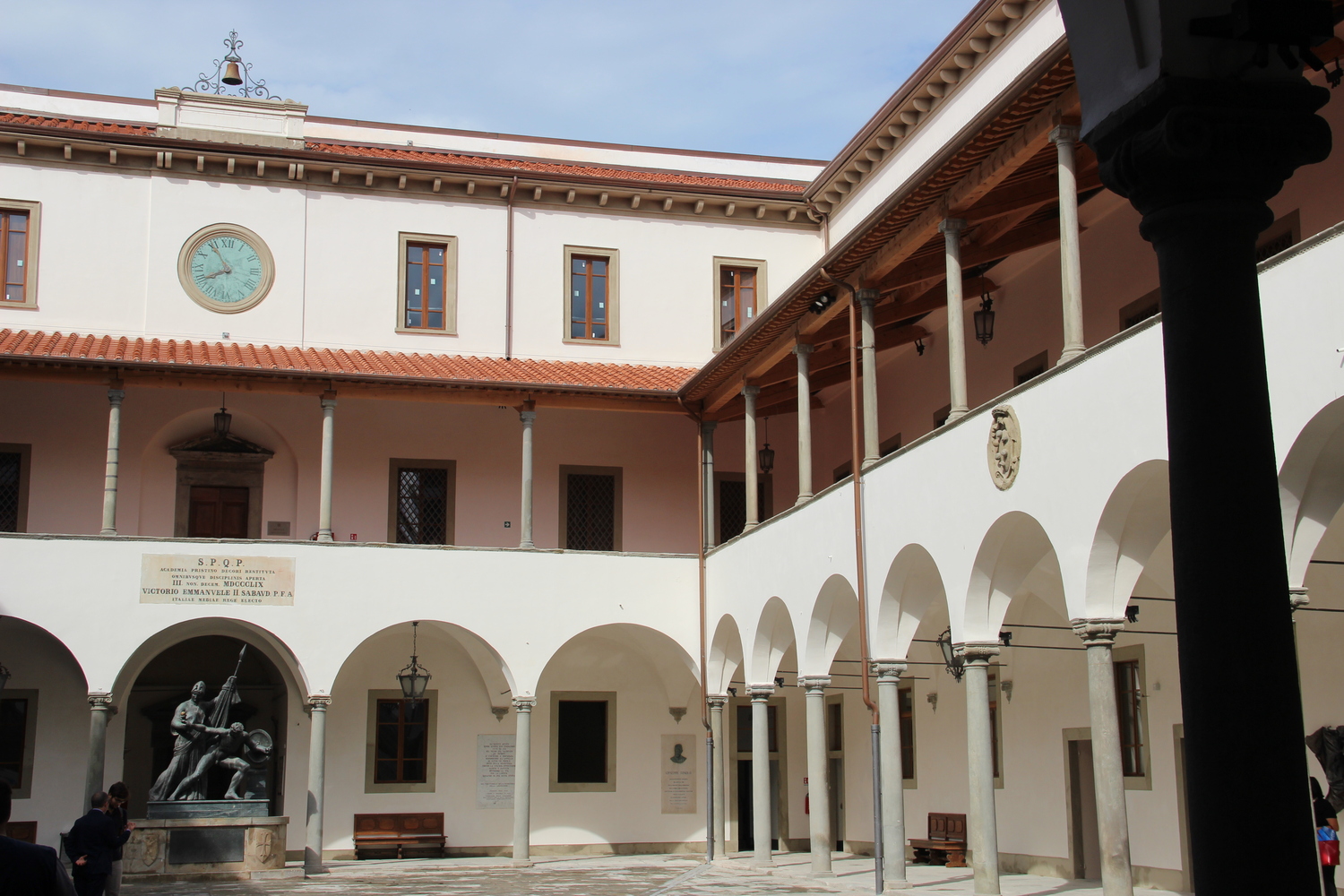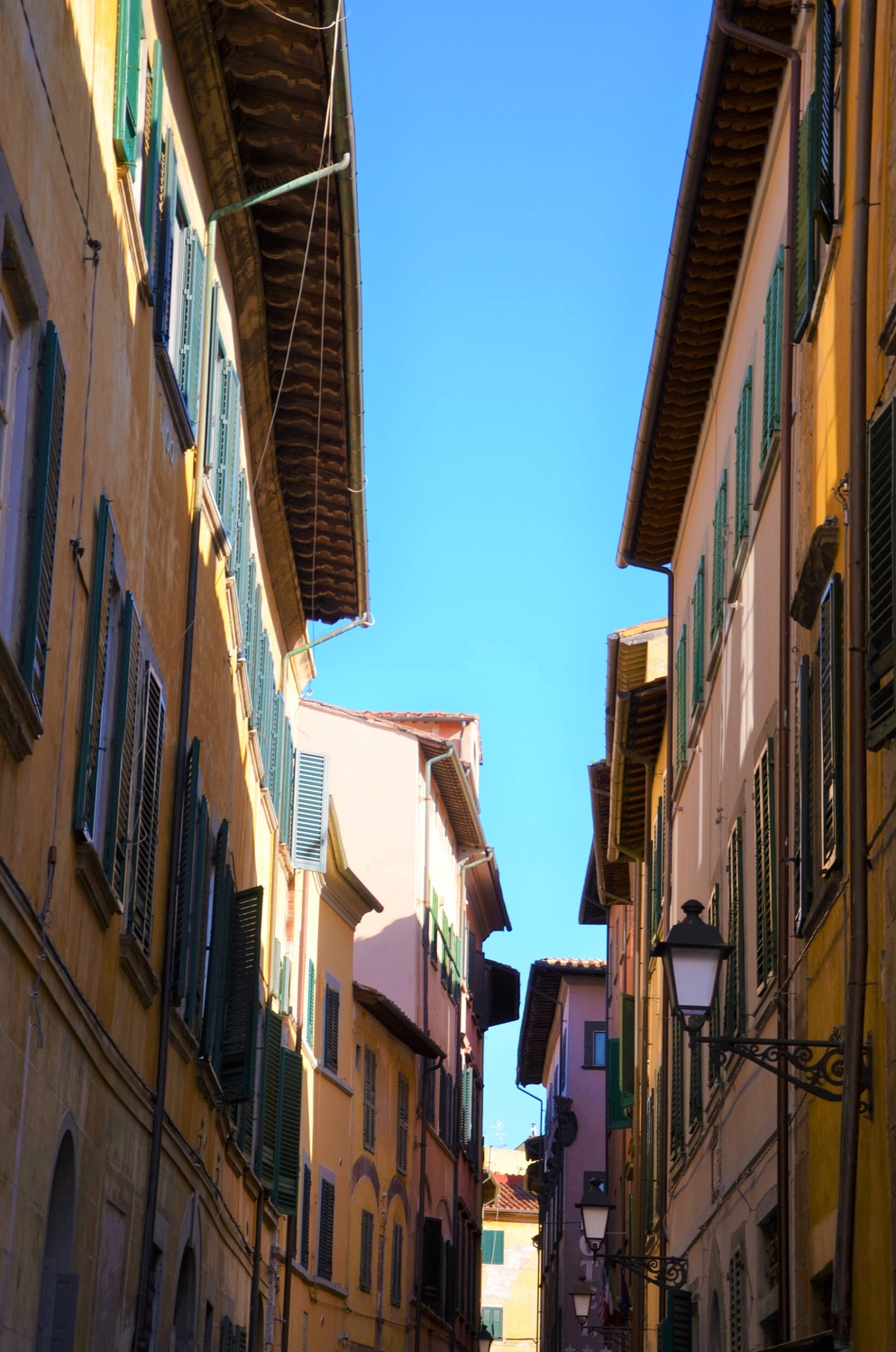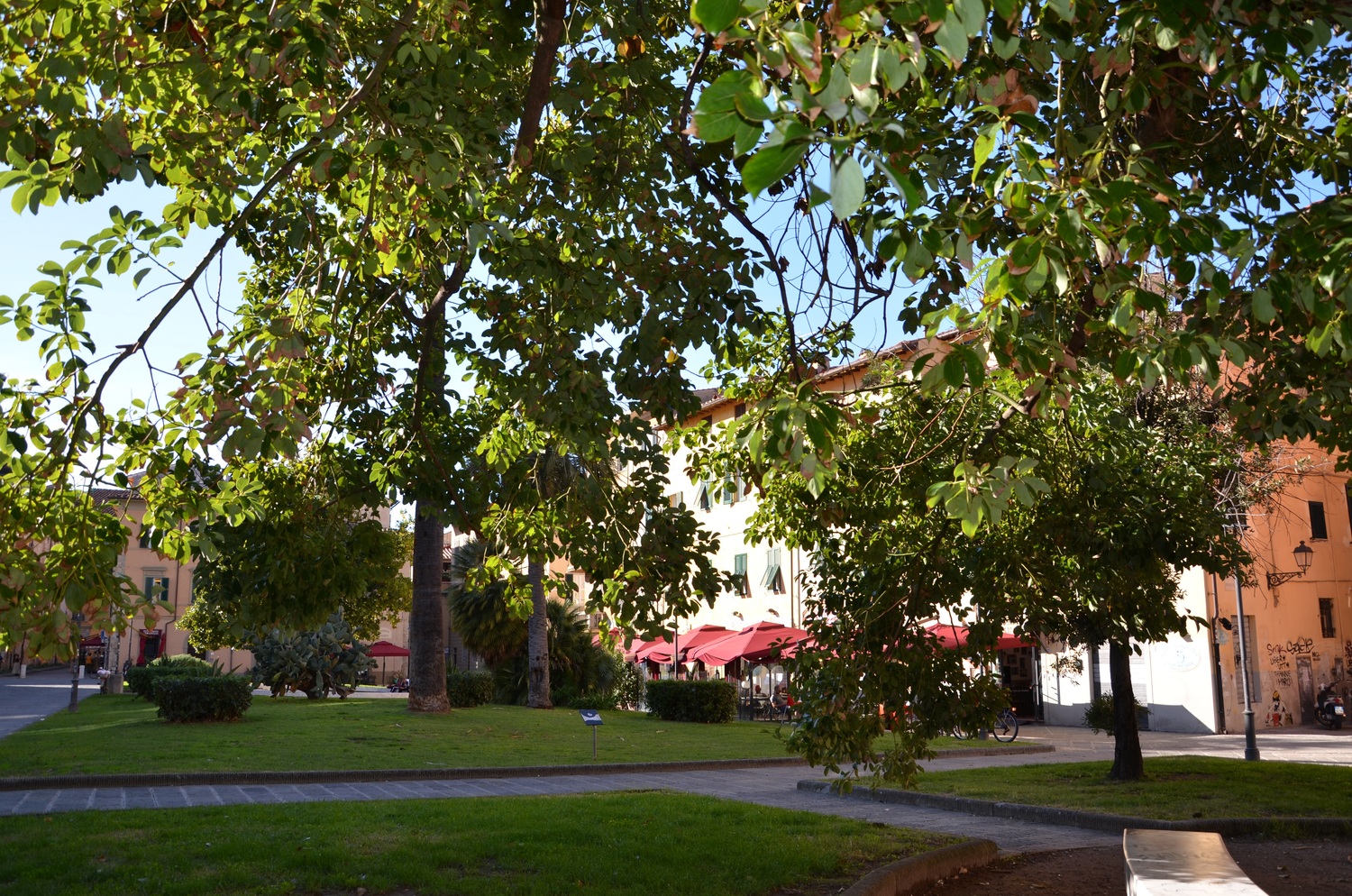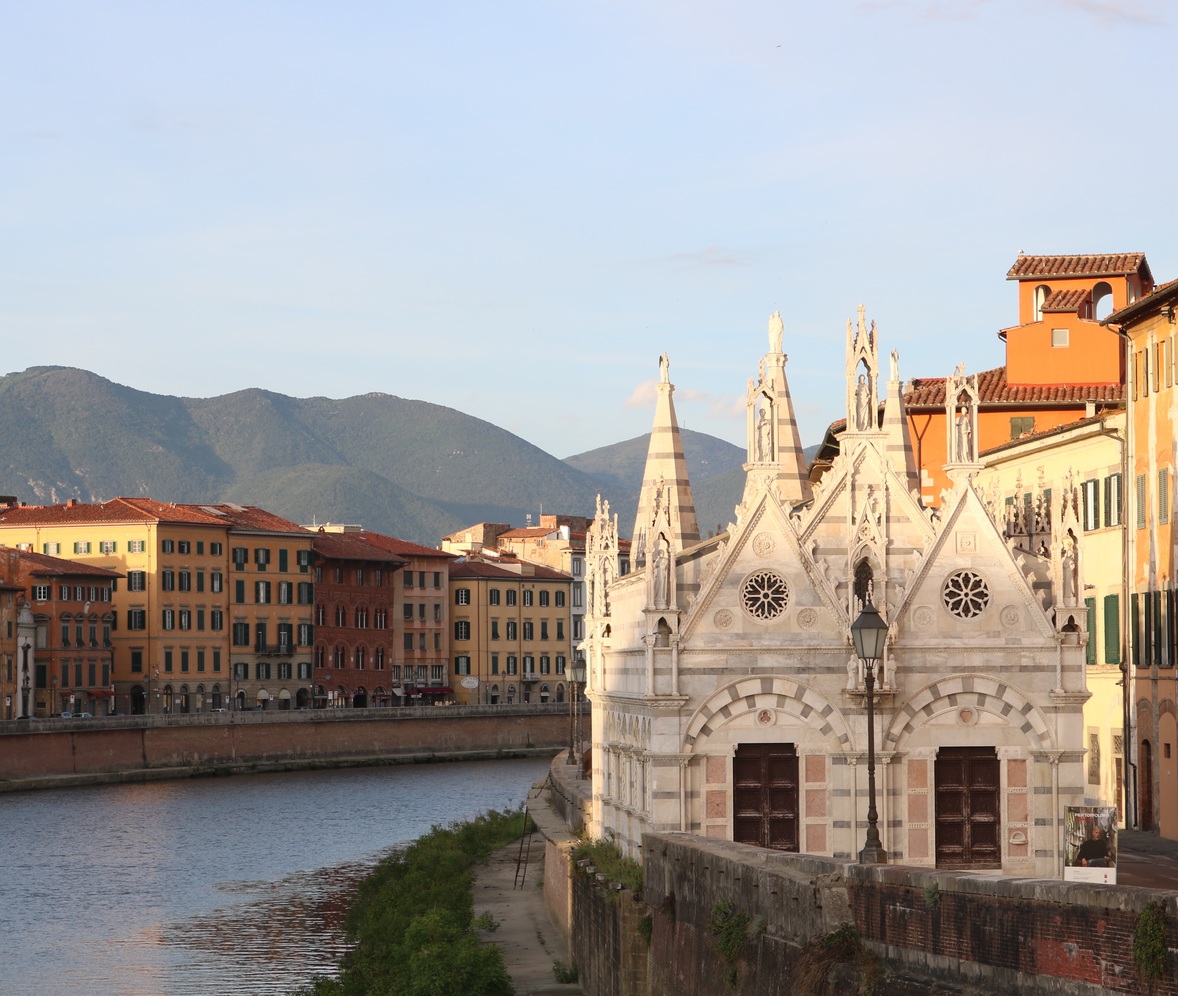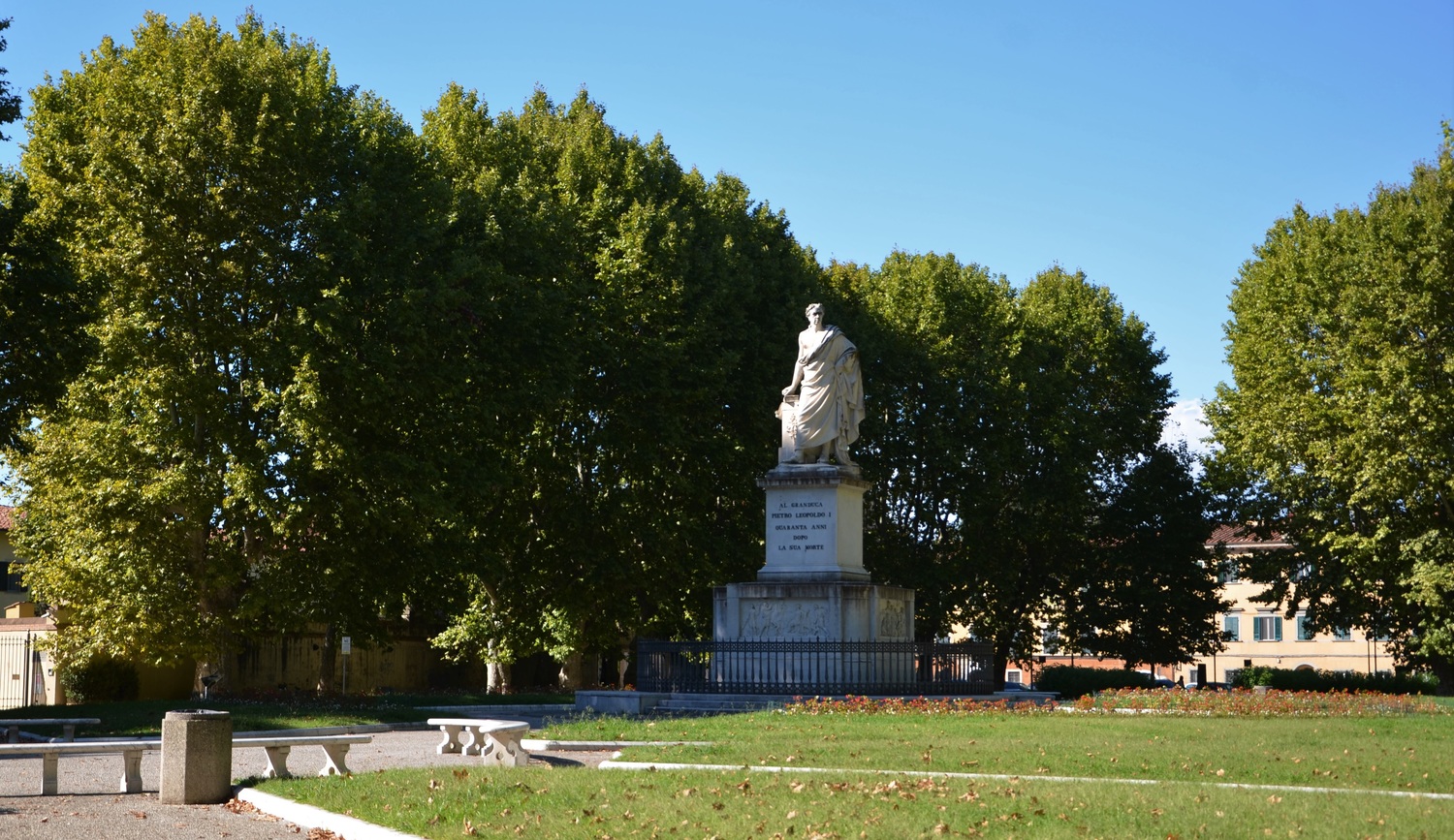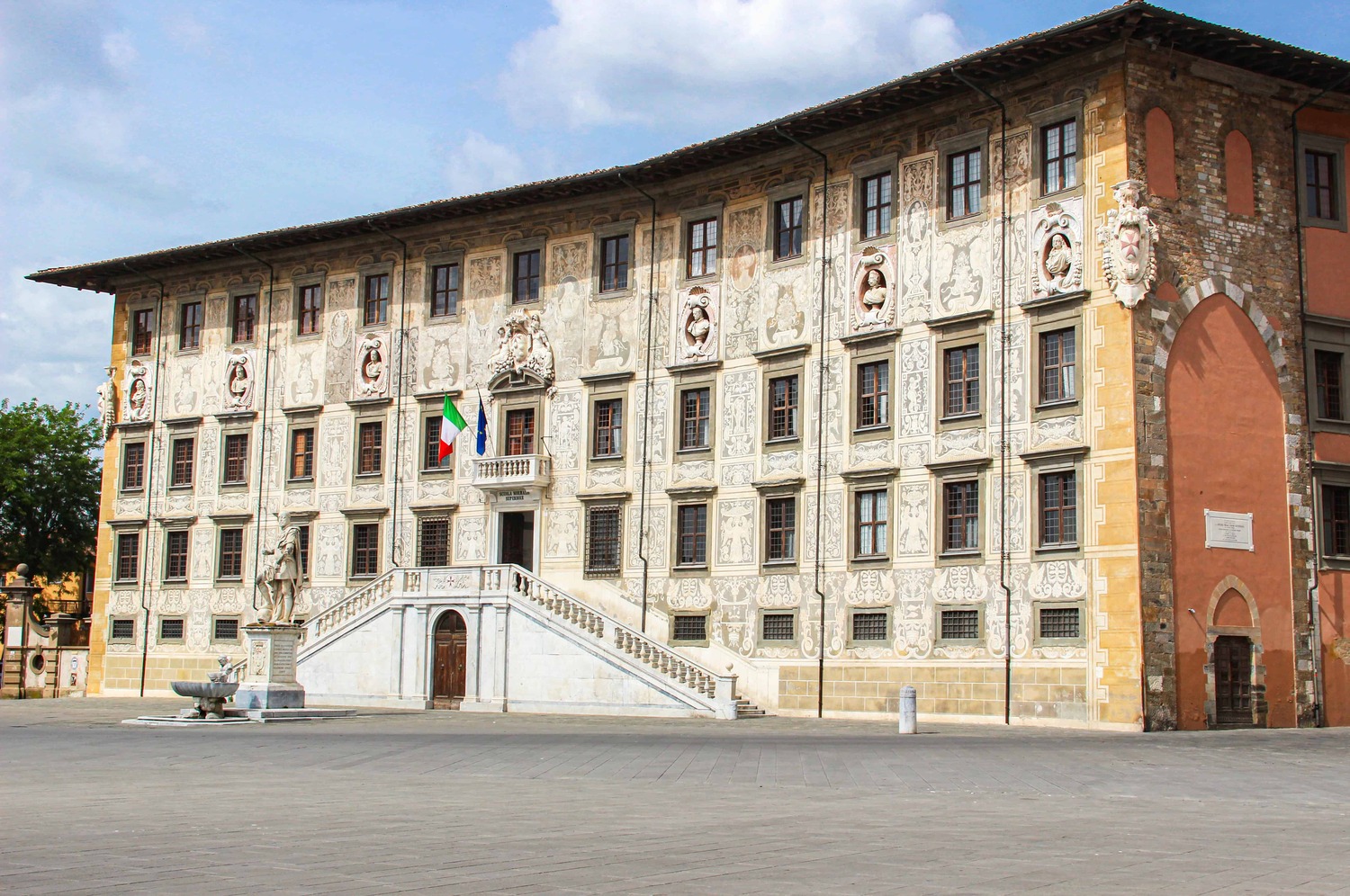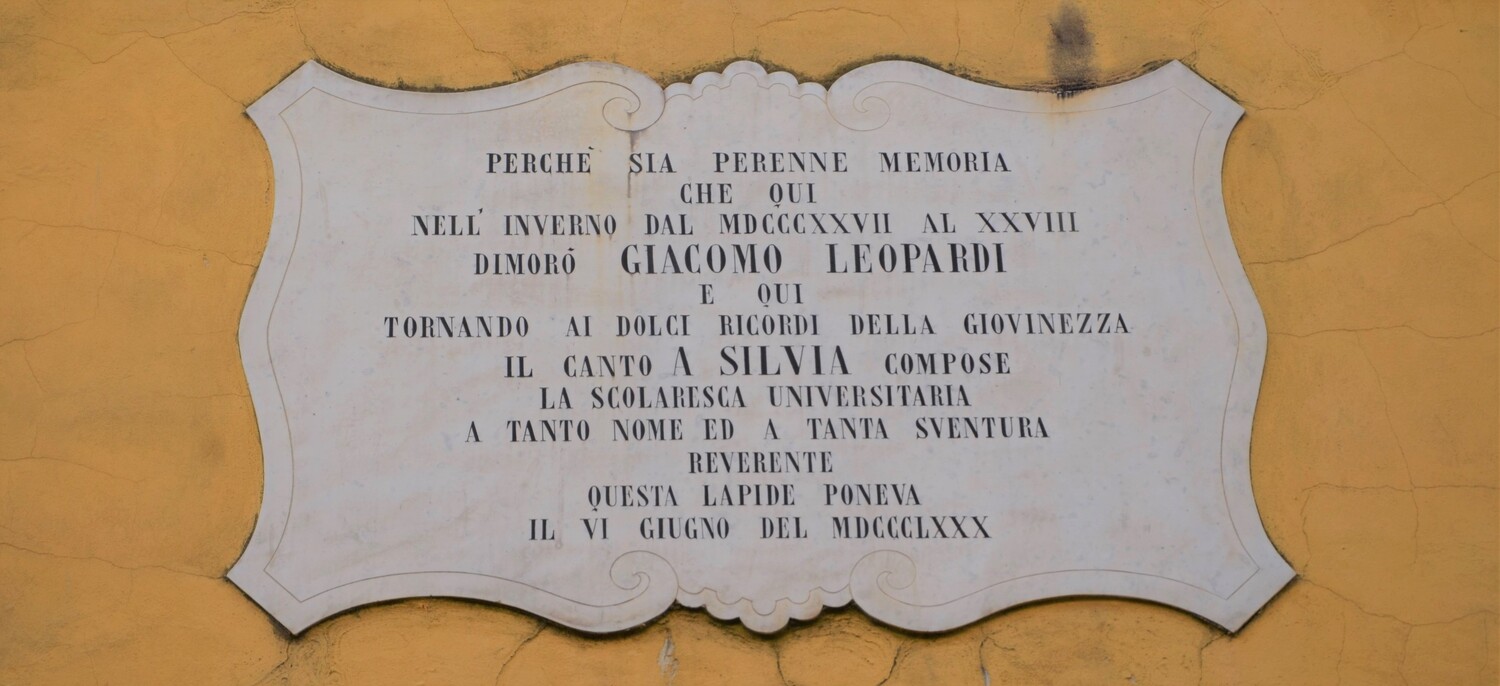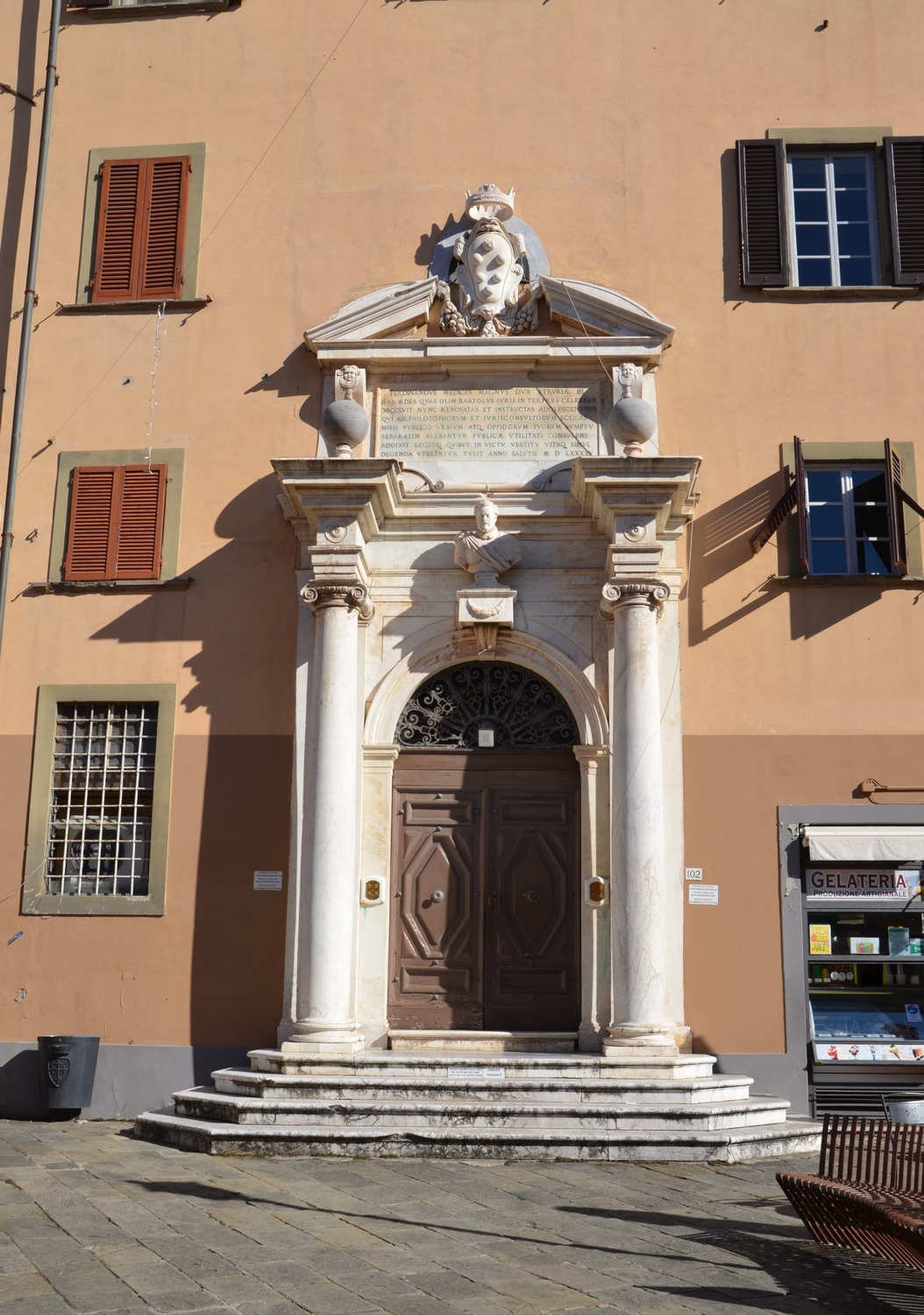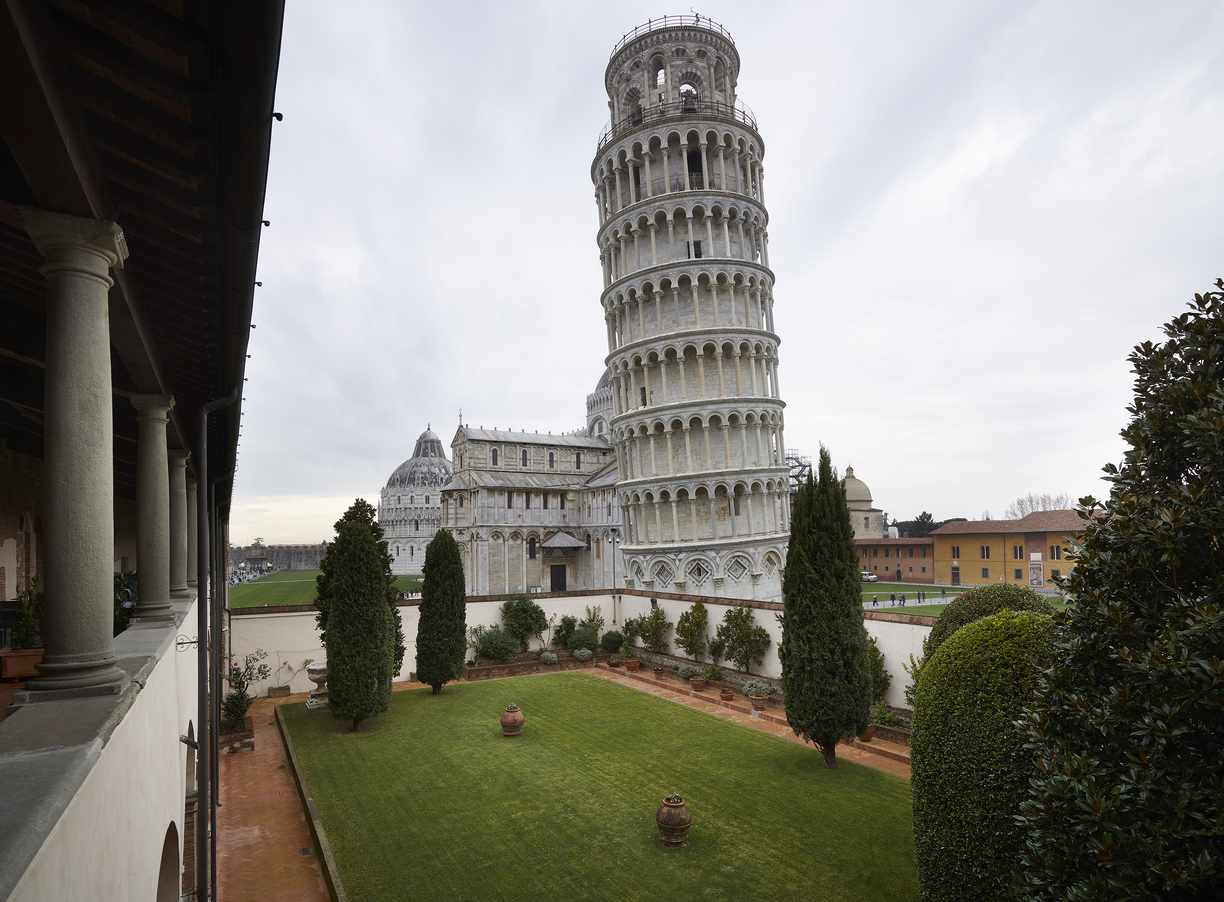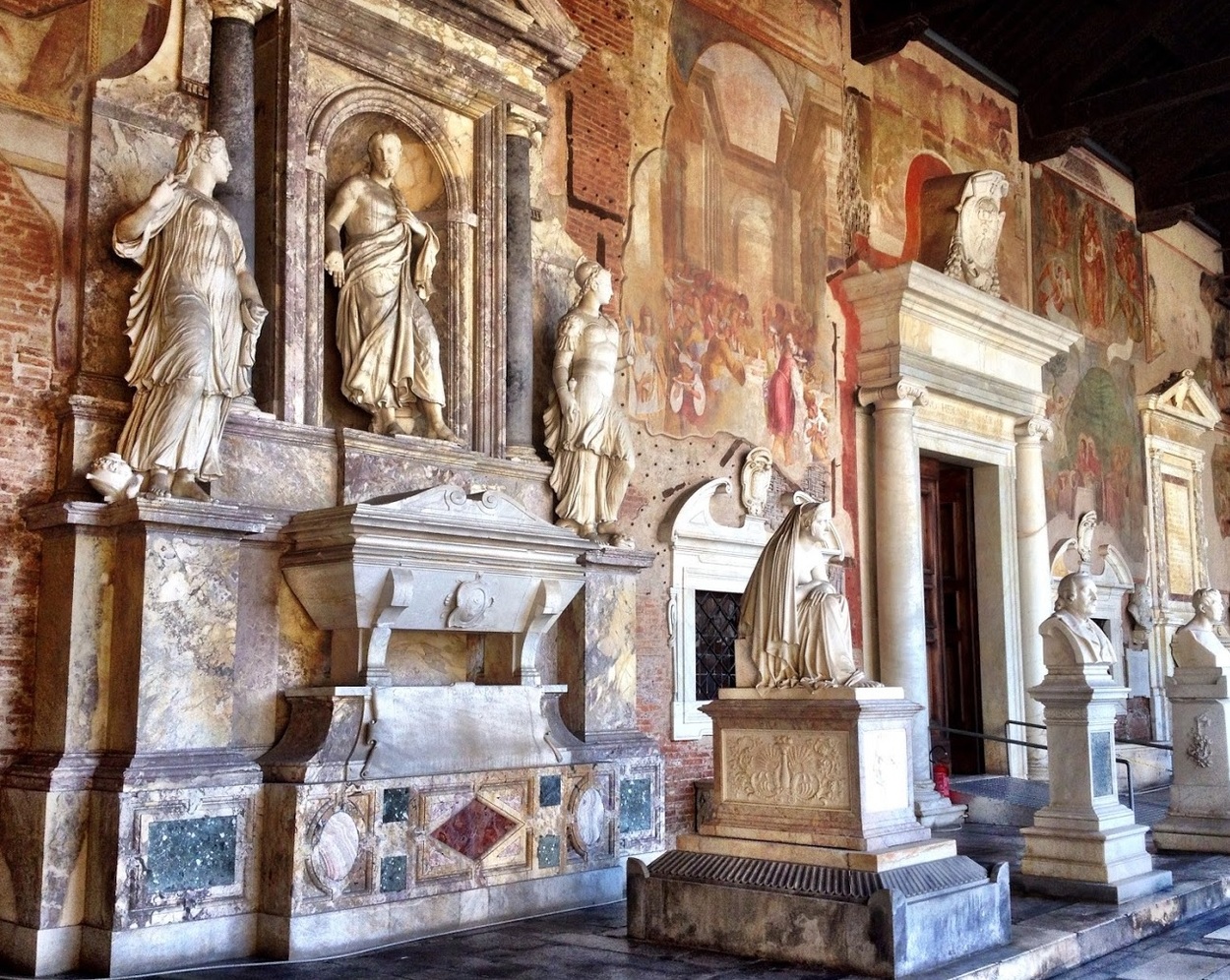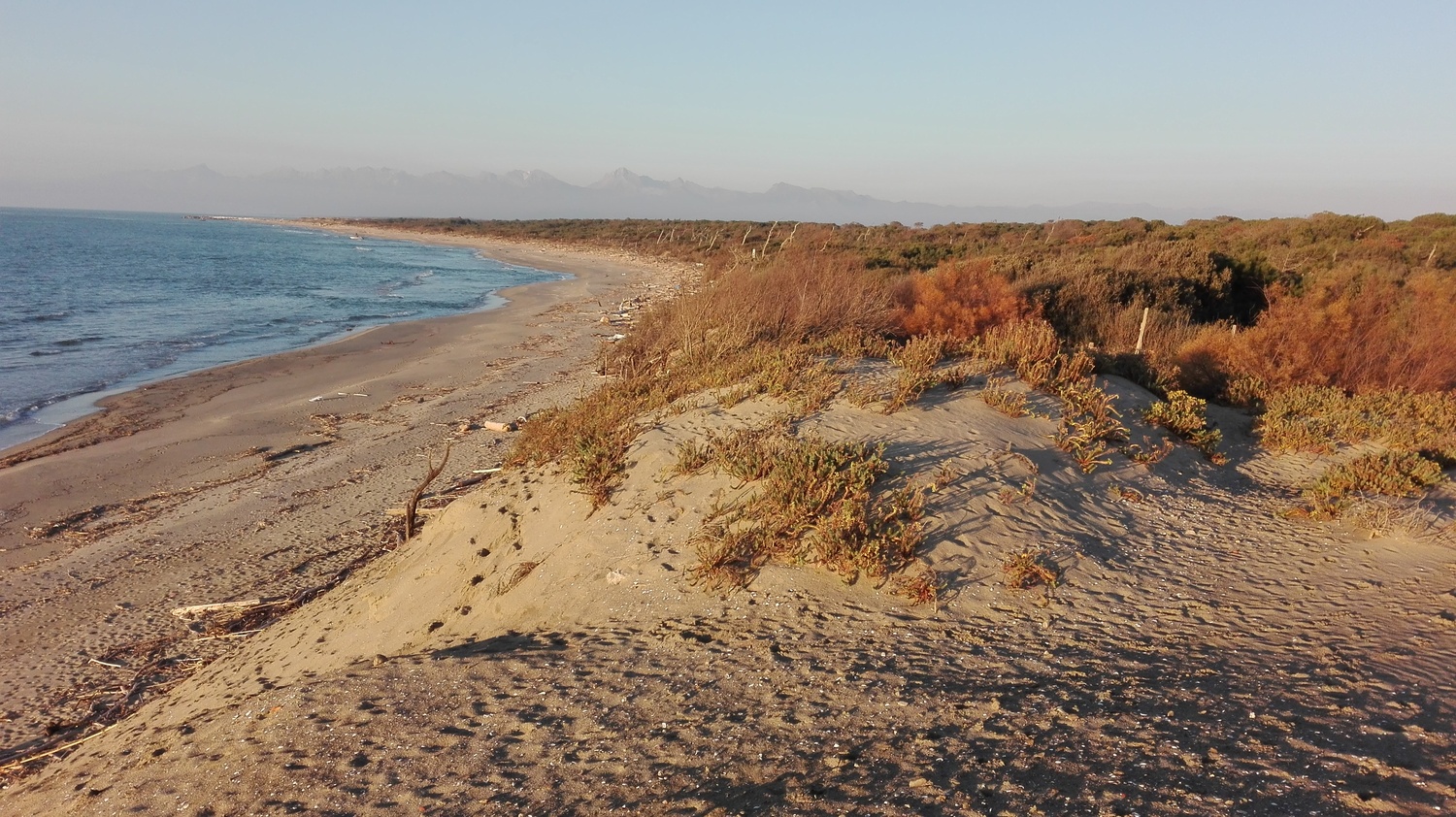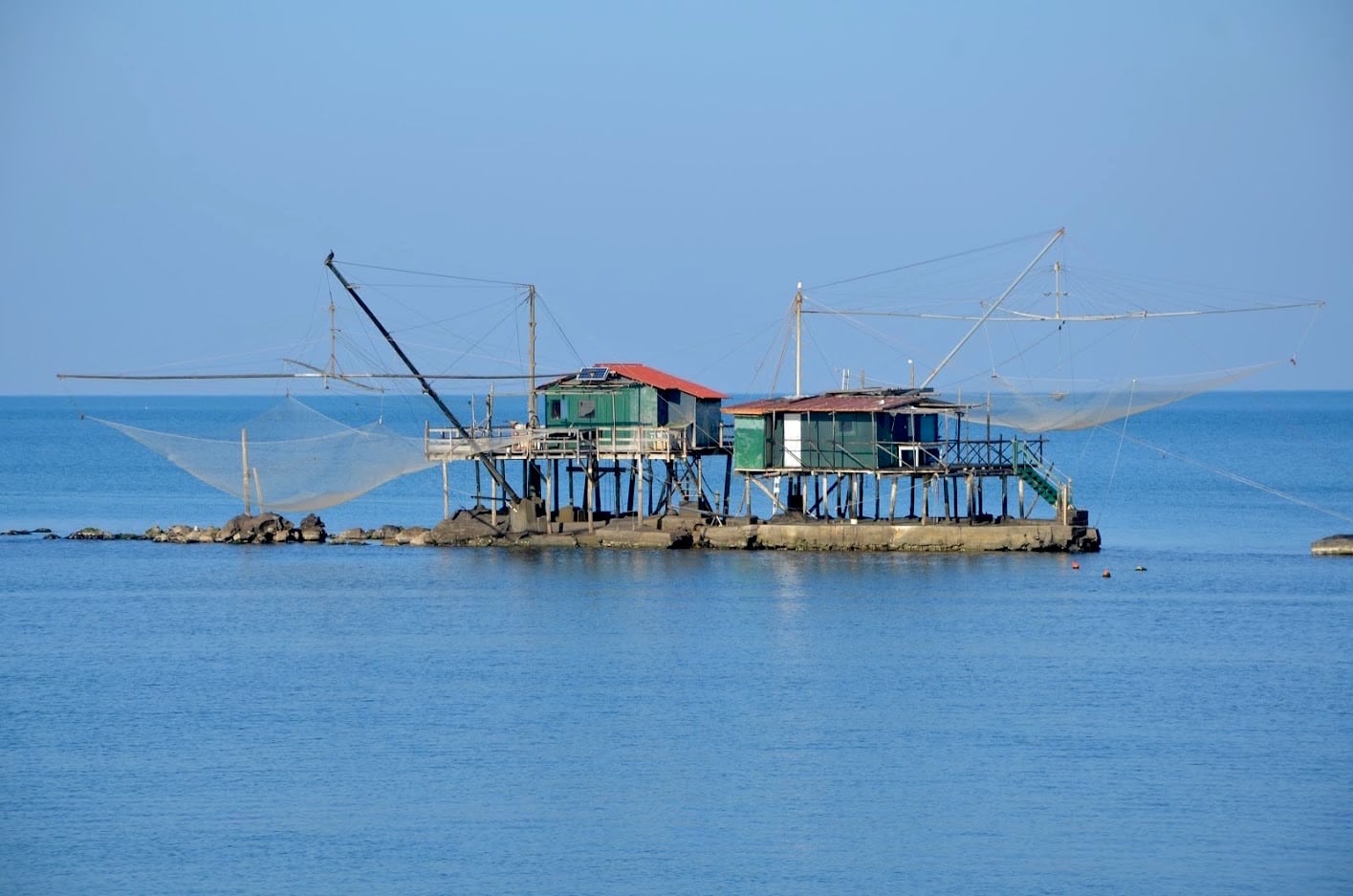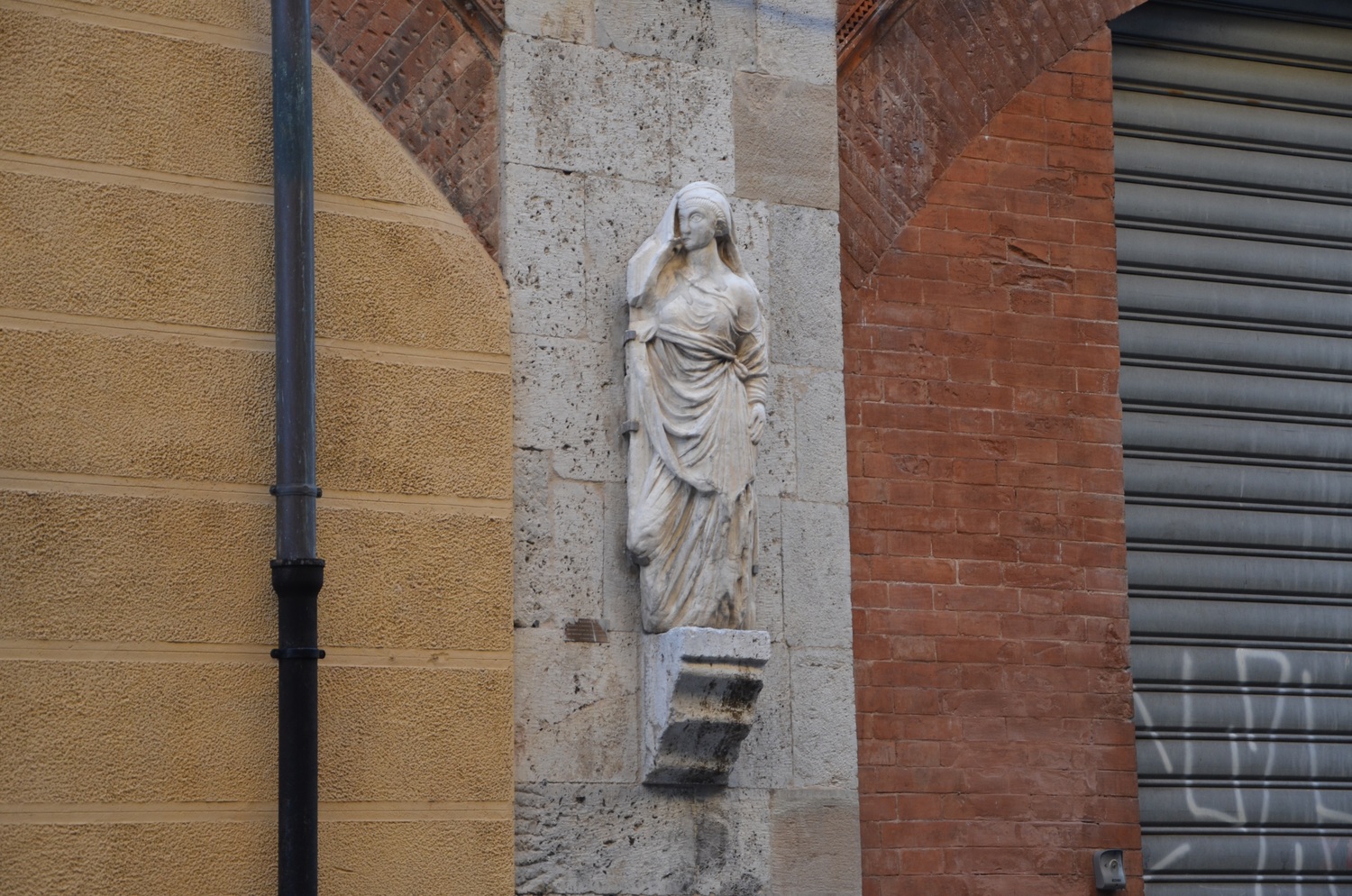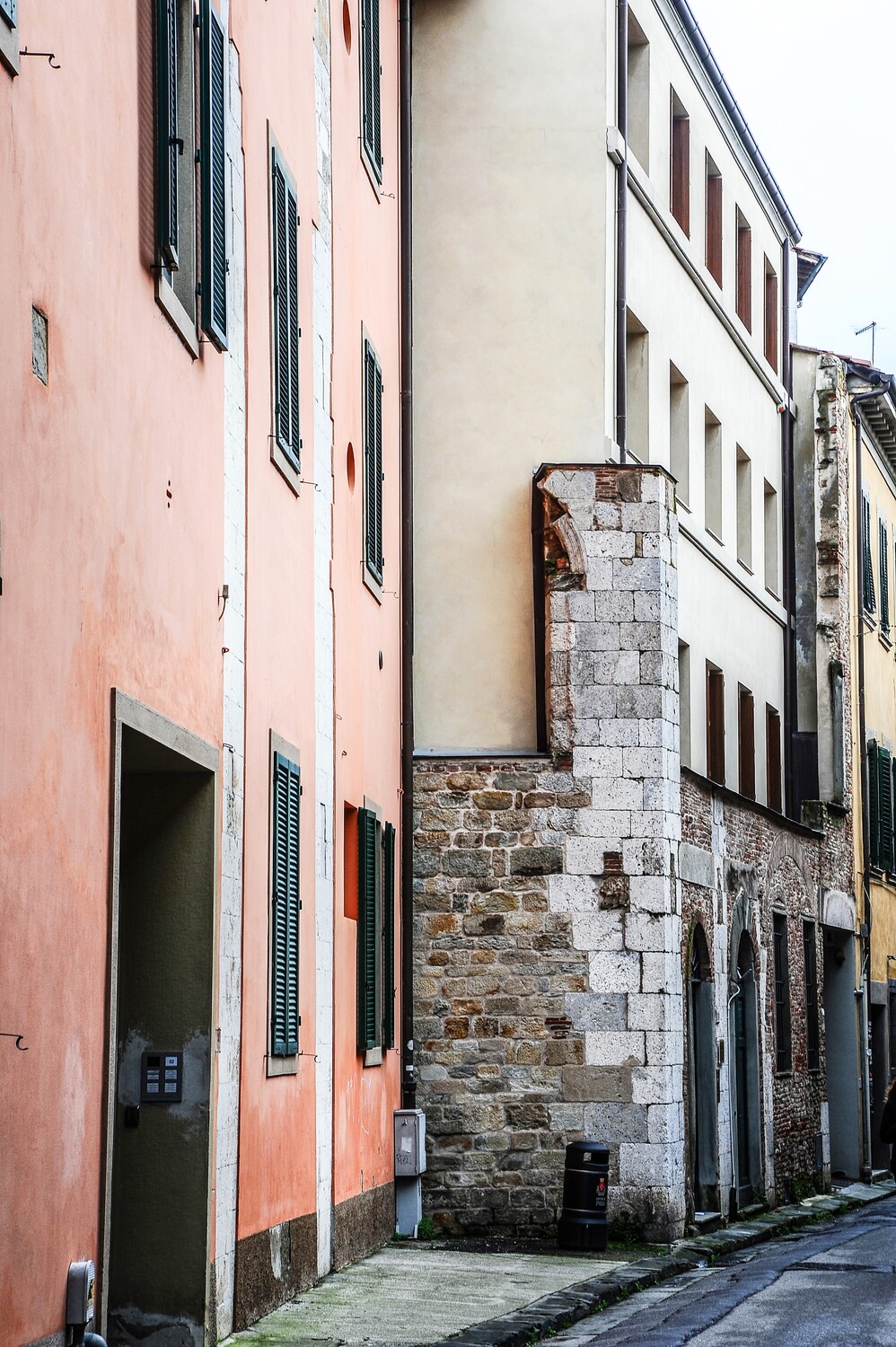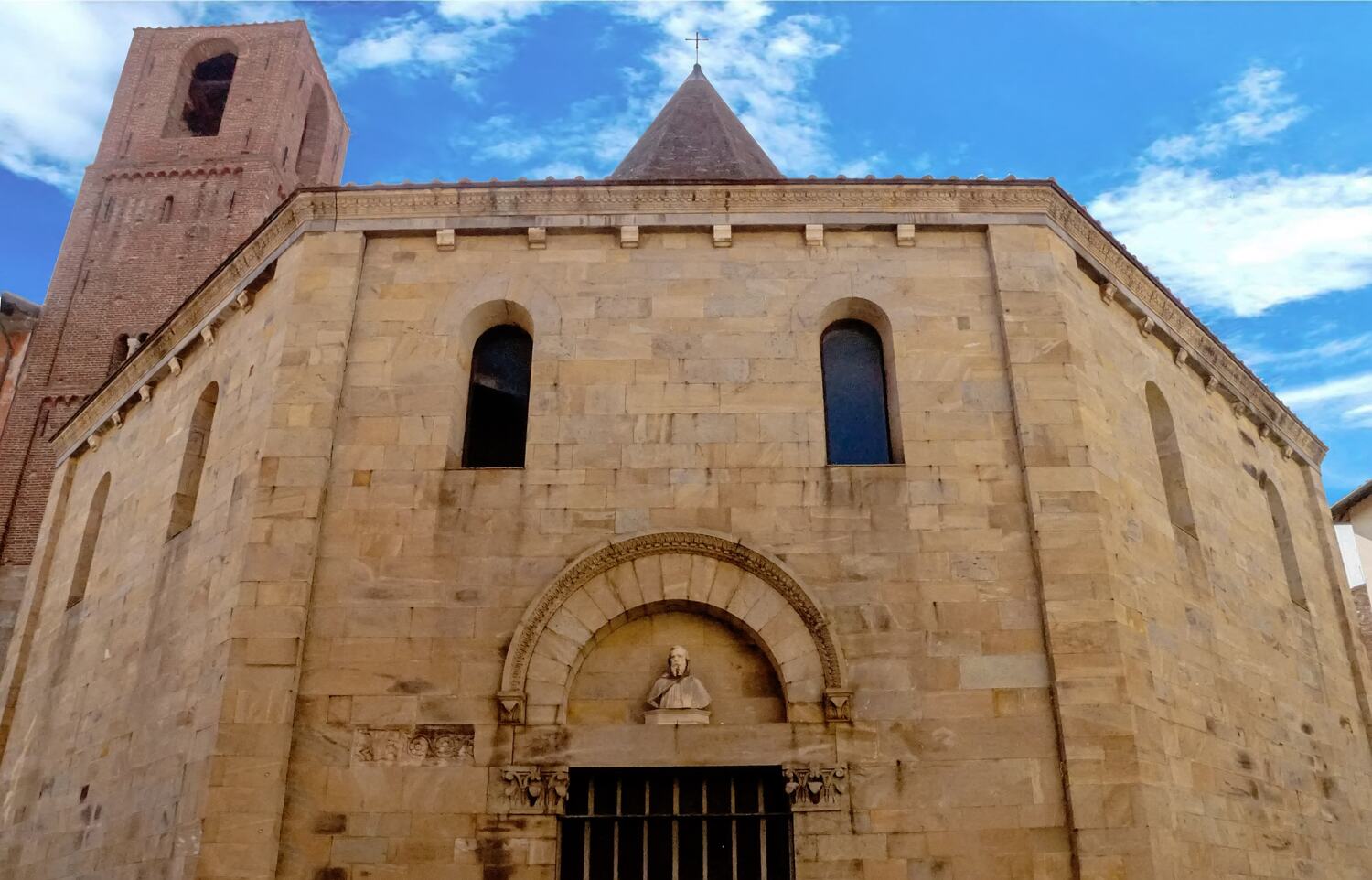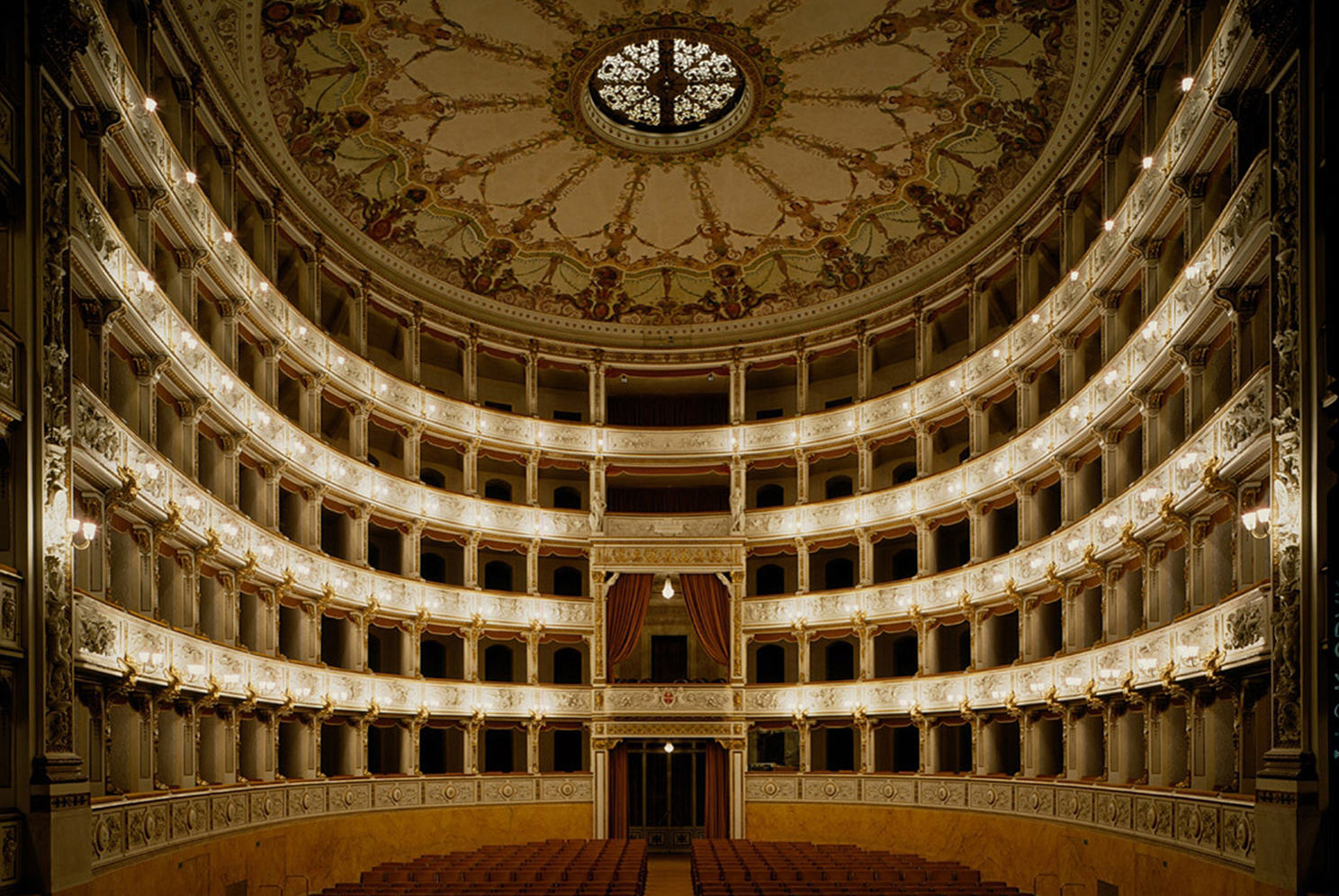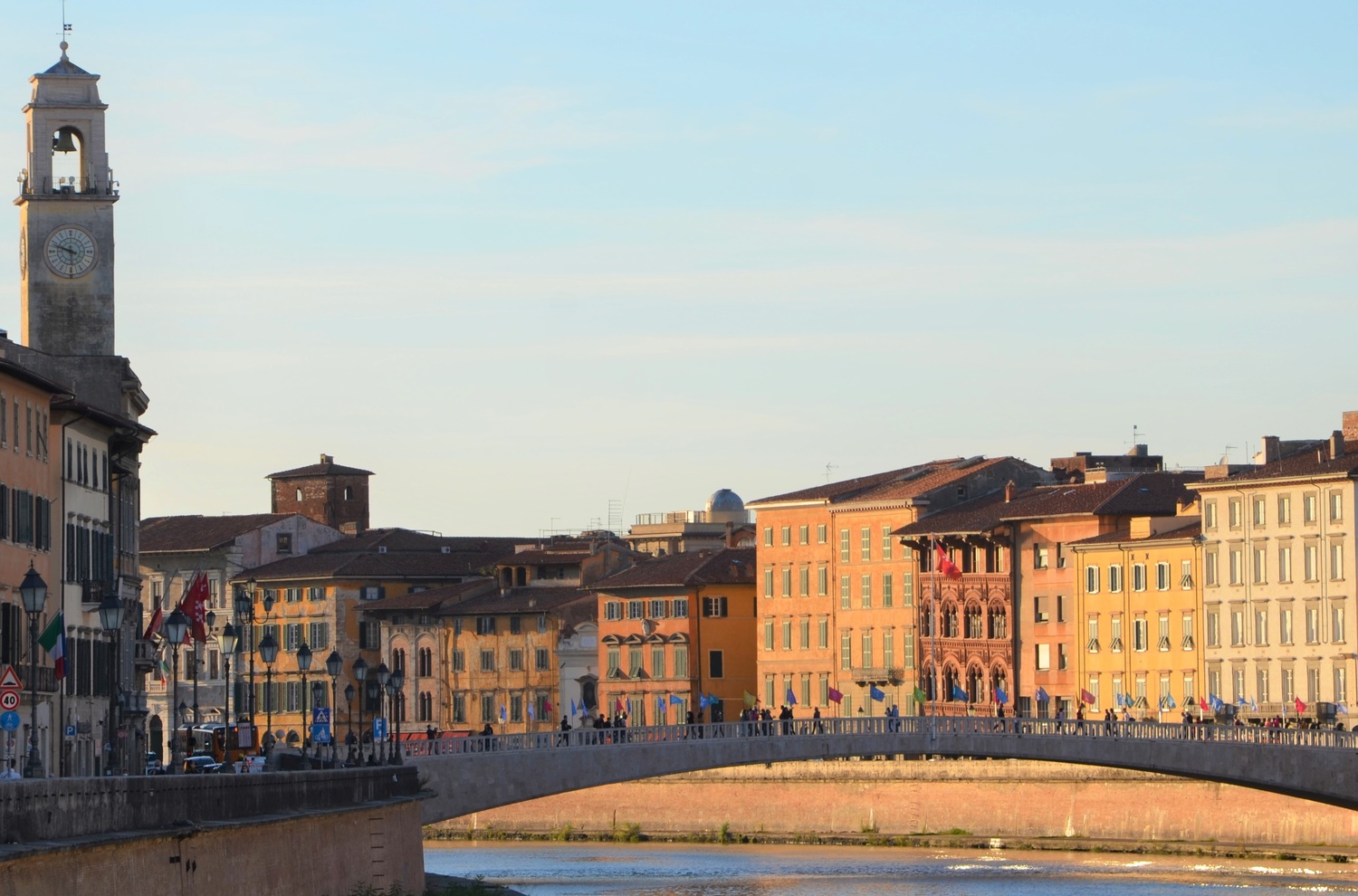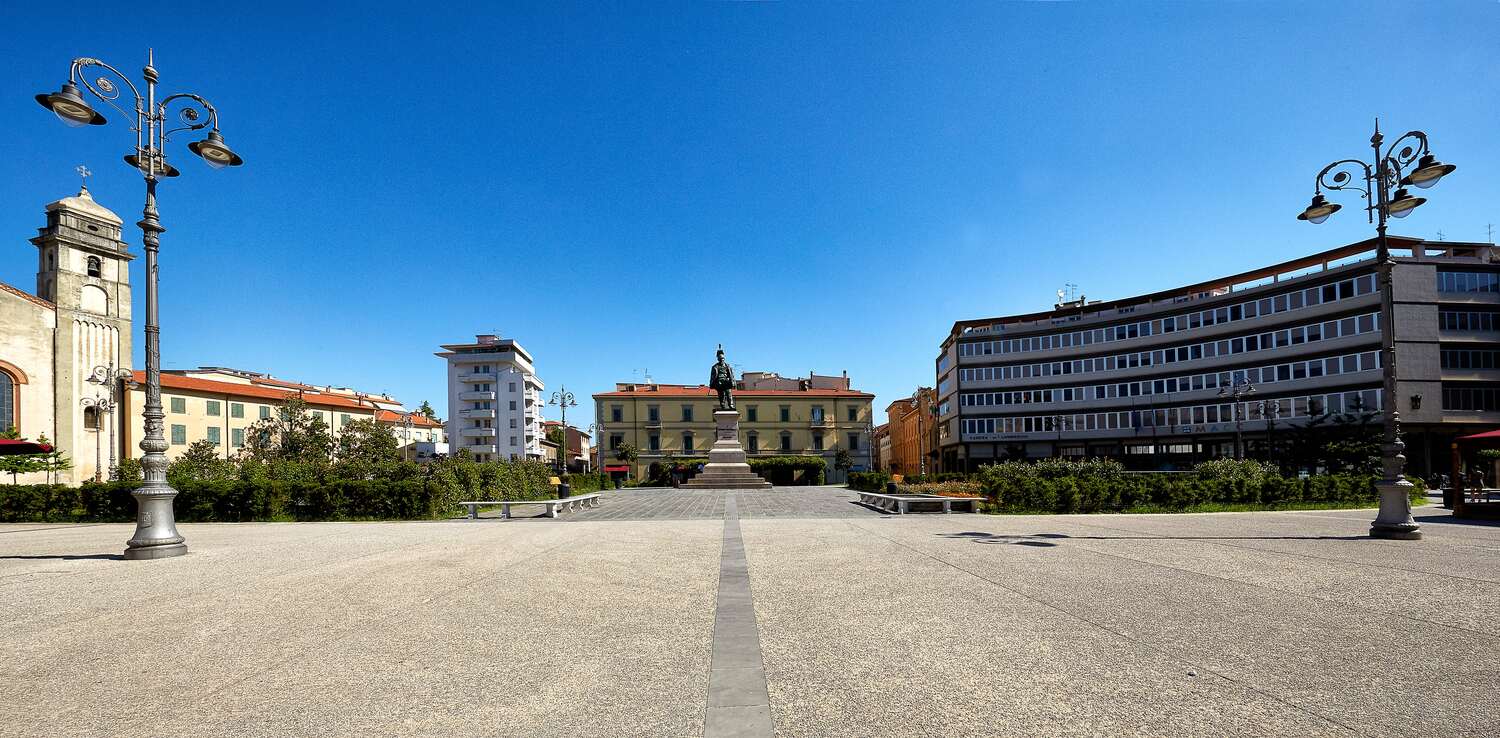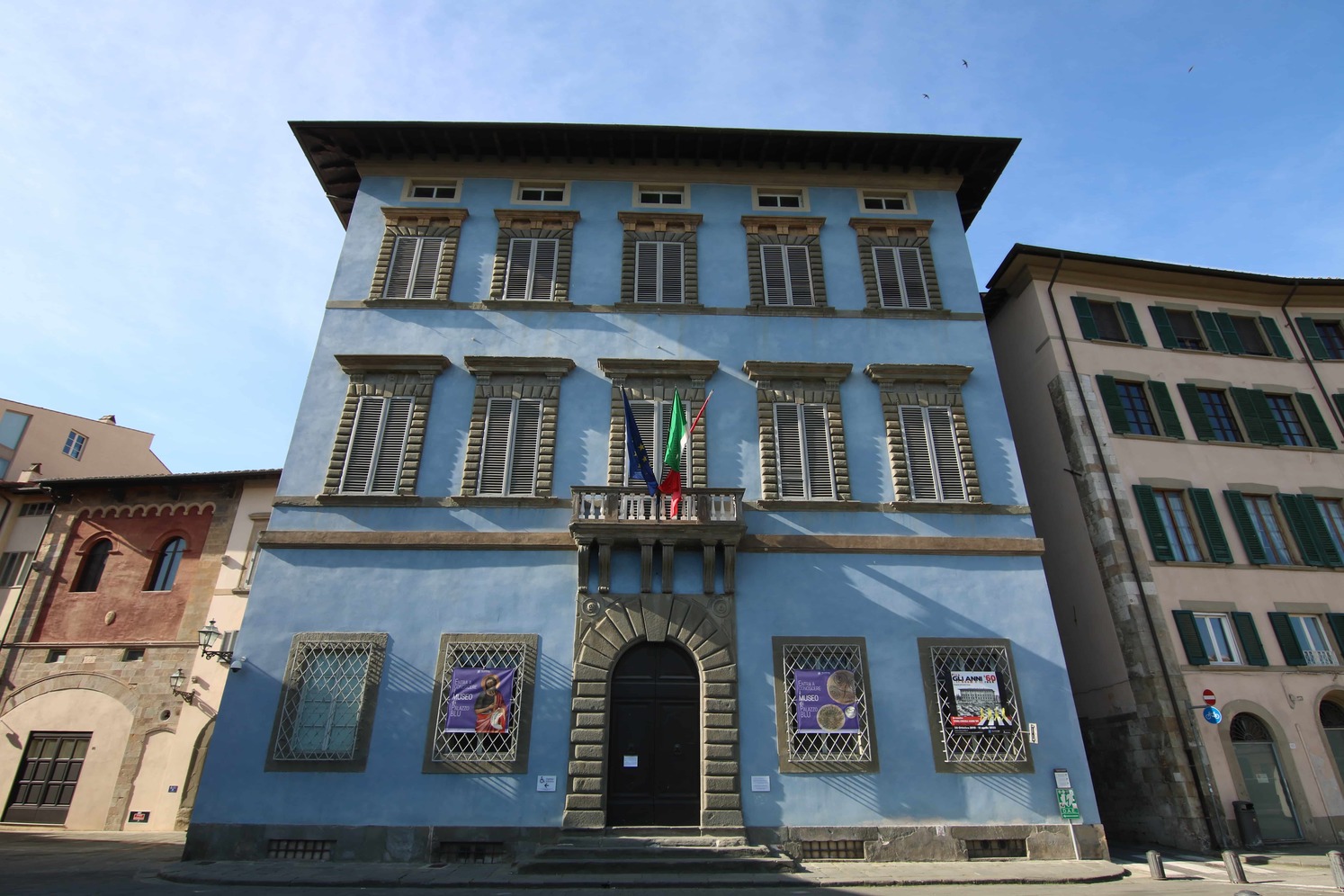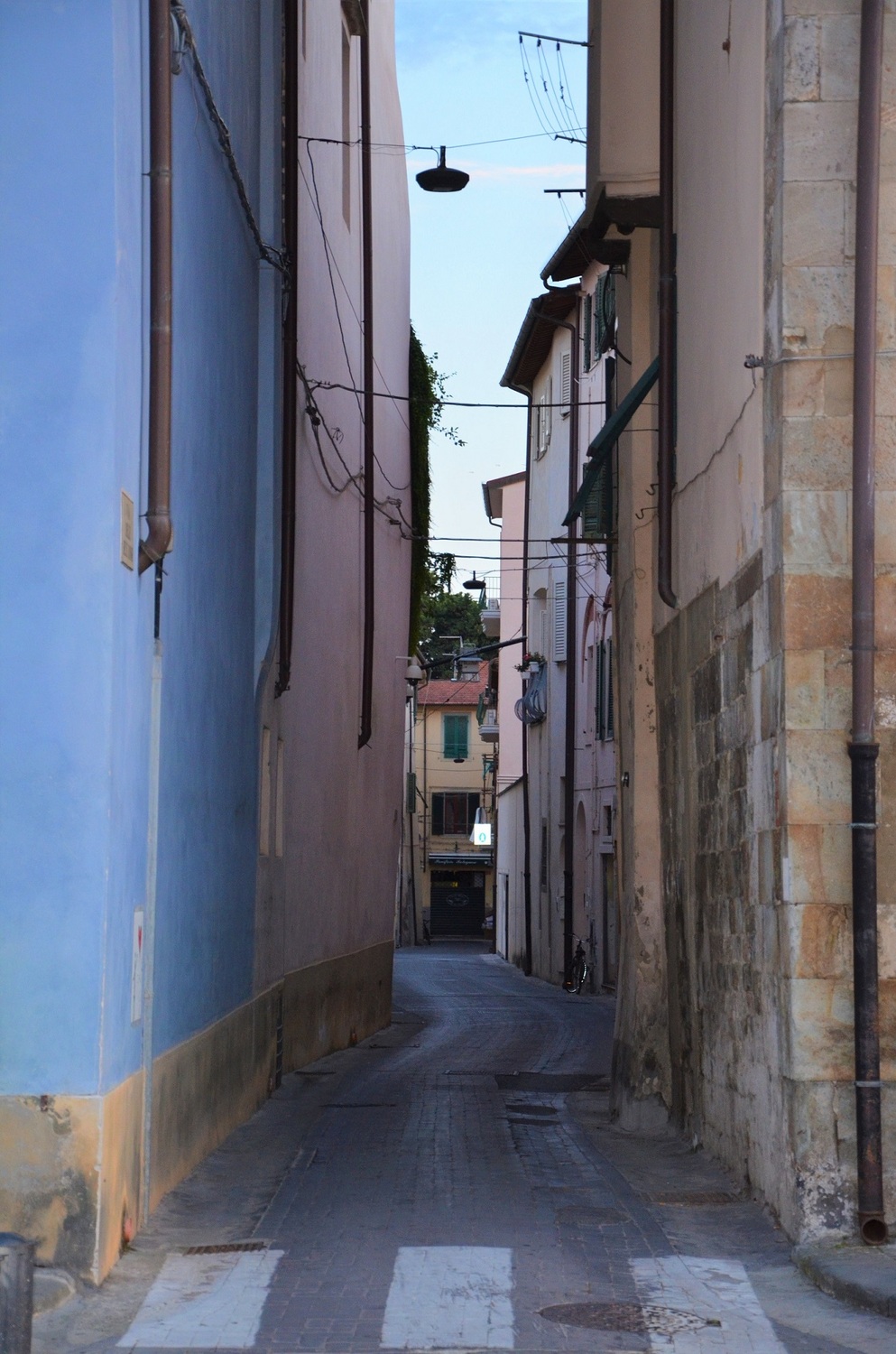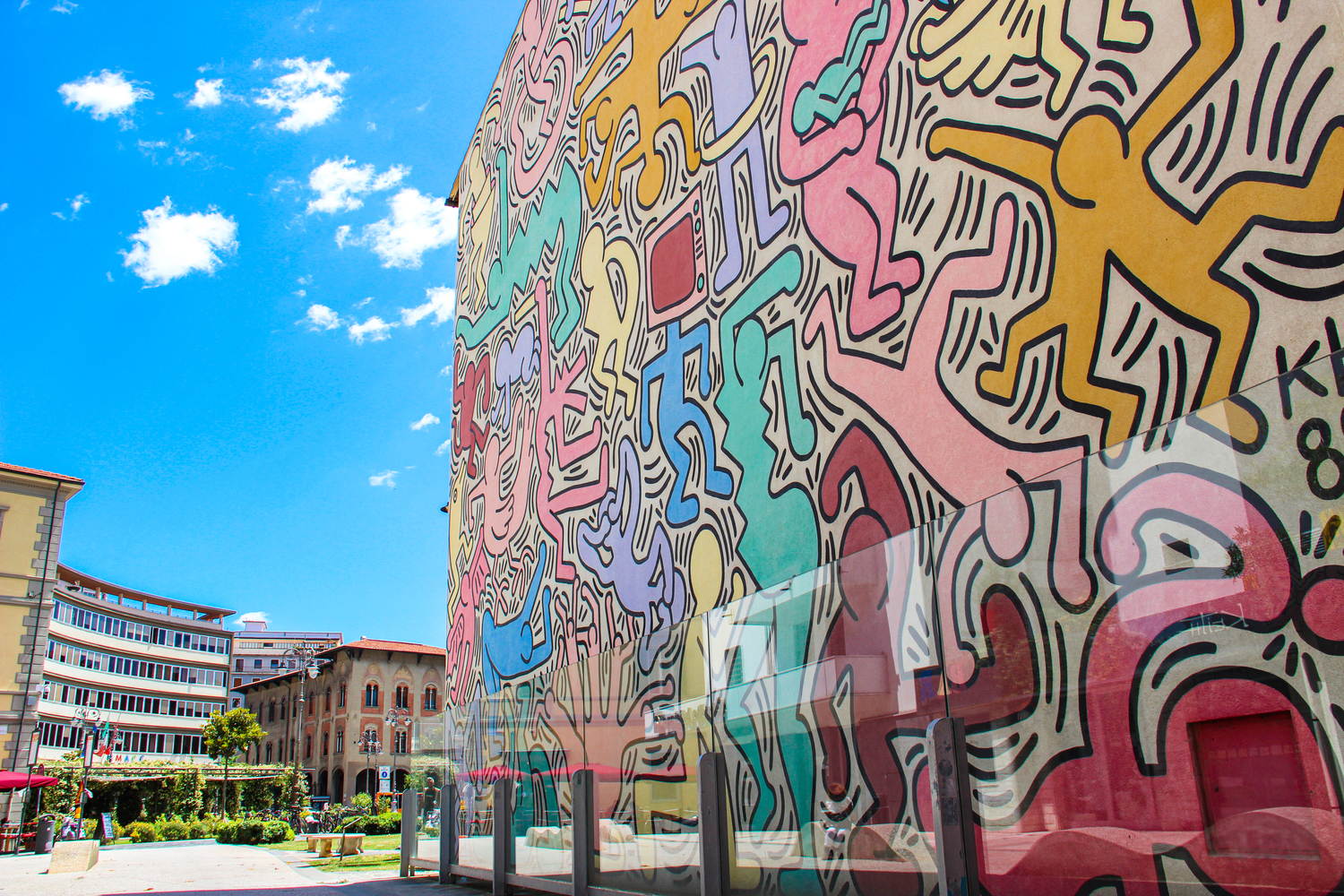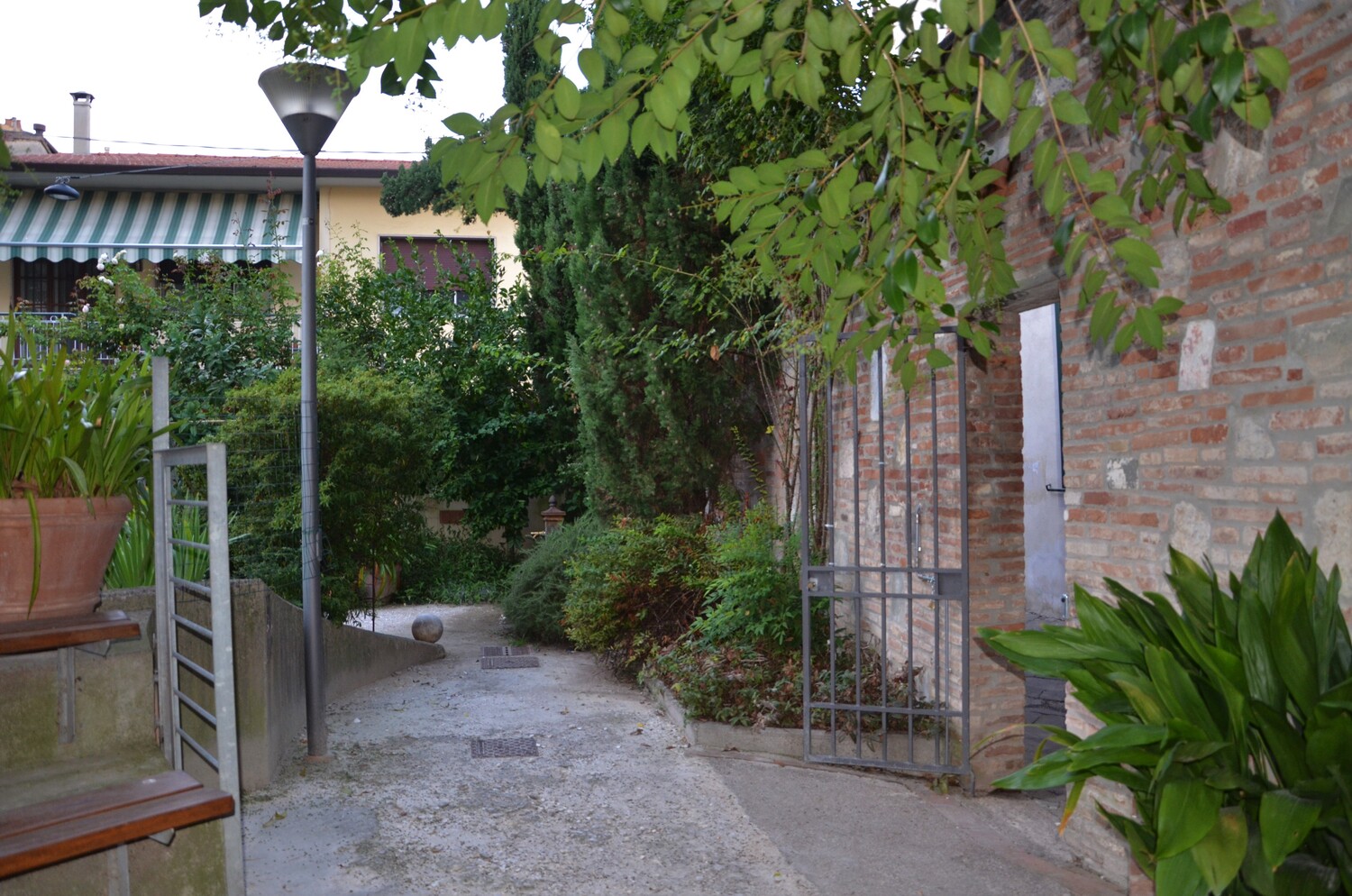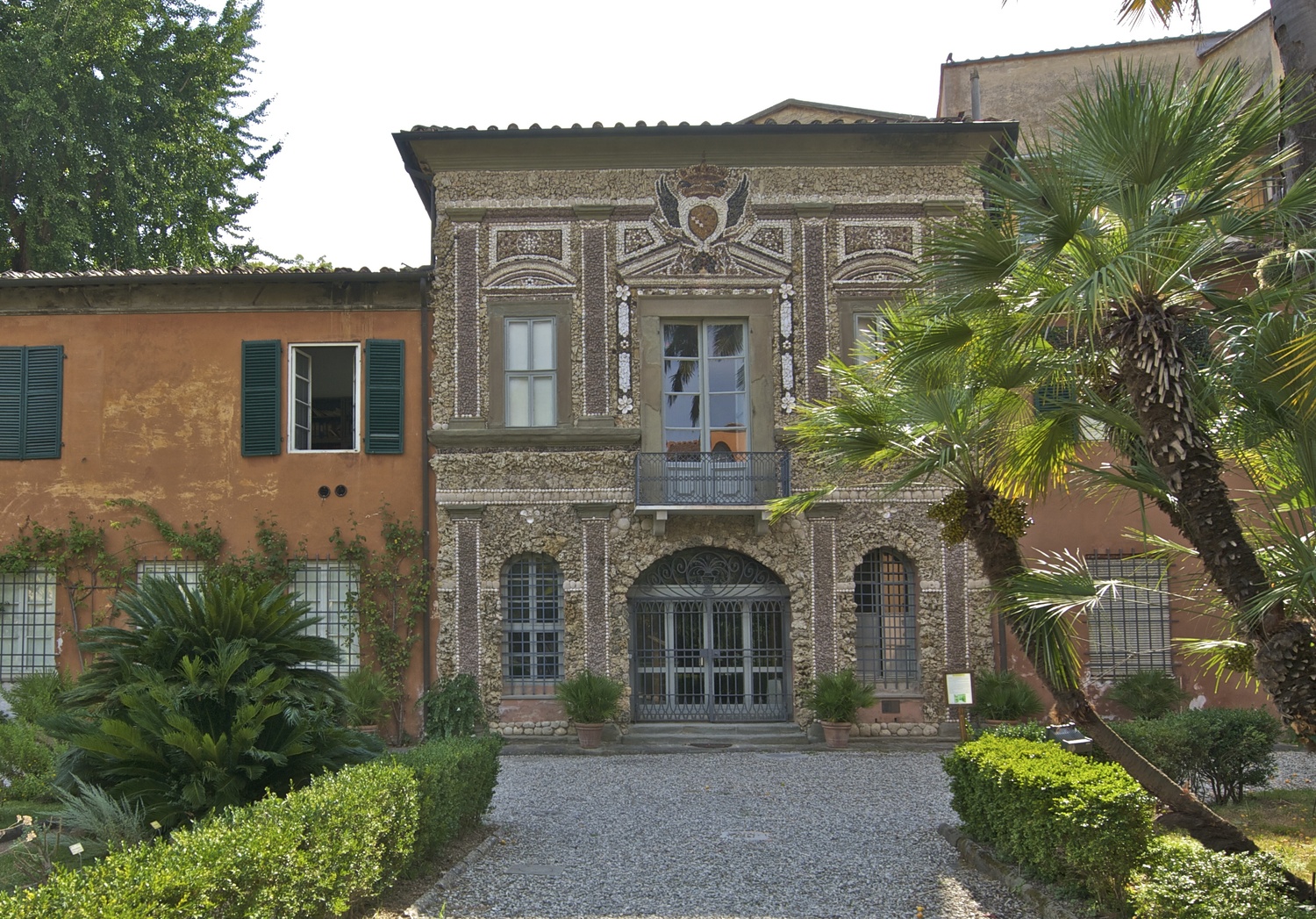Palazzo Chiesa, lungarno Galilei
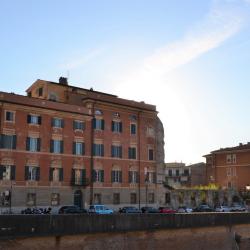
Cit.
I
The sun is set; the swallows are asleep;
The bats are flitting fast in the gray air;
The slow soft toads out of damp corners creep,
And evening's breath, wandering here and there
Over the quivering surface of the stream,
Wakes not one ripple from its summer dream.
II
There is no dew on the dry grass to-night,
Nor damp within the shadow of the trees;
The wind is intermitting, dry, and light;
And in the inconstant motion of the breeze
The dust and straws are driven up and down,
And whirled about the pavement of the town.
III
Within the surface of the fleeting river
The wrinkled image of the city lay,
Immovably unquiet, and forever
It trembles, but it never fades away;
Go to the... You, being changed,
will find it then as now.
IV
The chasm in which the sun has sunk is shut
By darkest barriers of cinereous cloud,
Like mountain over mountain huddled — but
Growing and moving upwards in a crowd,
And over it a space of watery blue
Which the keen evening star is shining through.
Percy Shelley, Evening: Ponte al mare, Pisa, Rhymes, 1820

